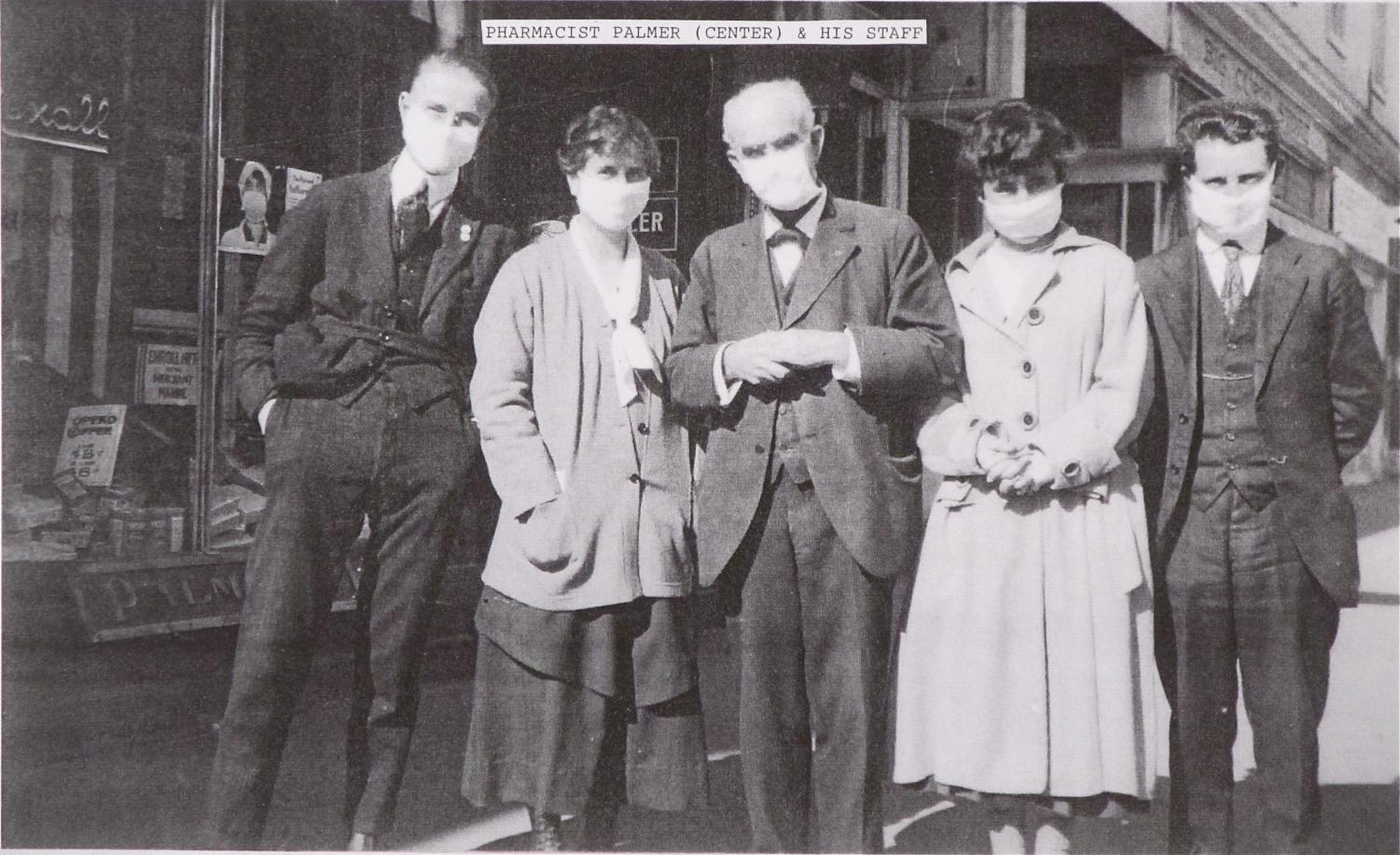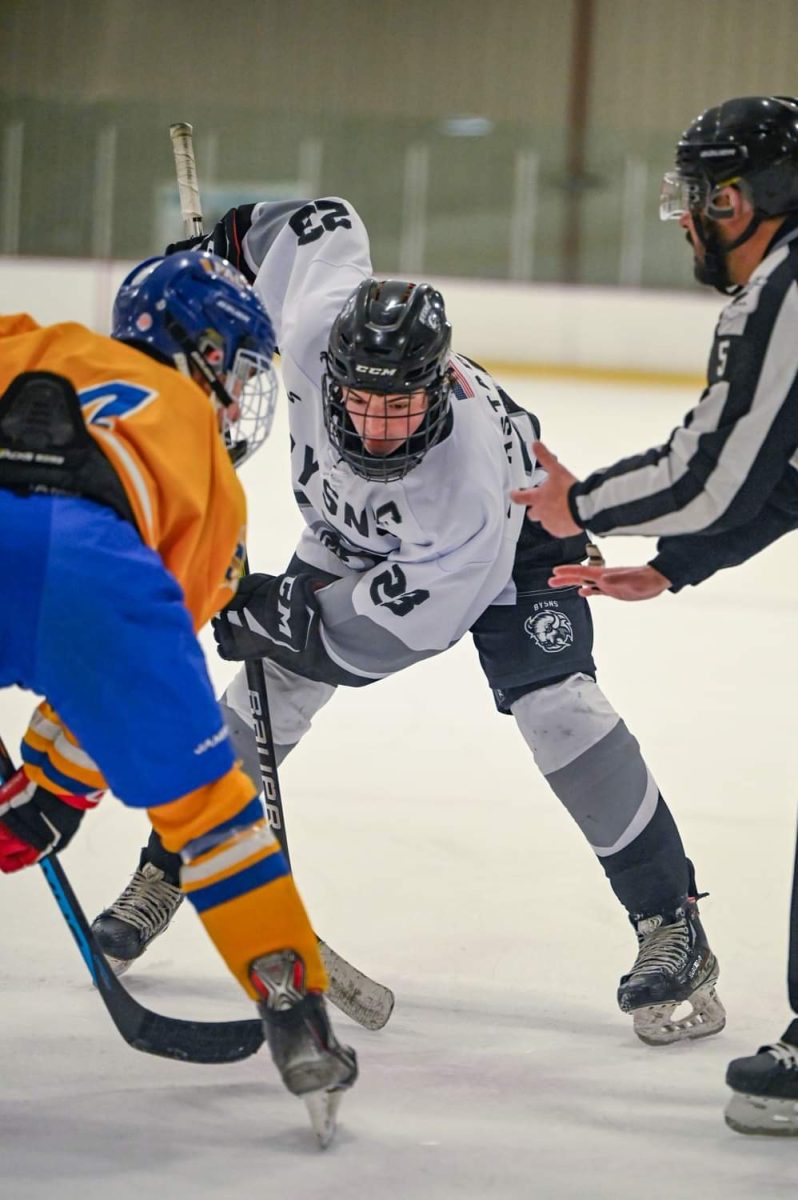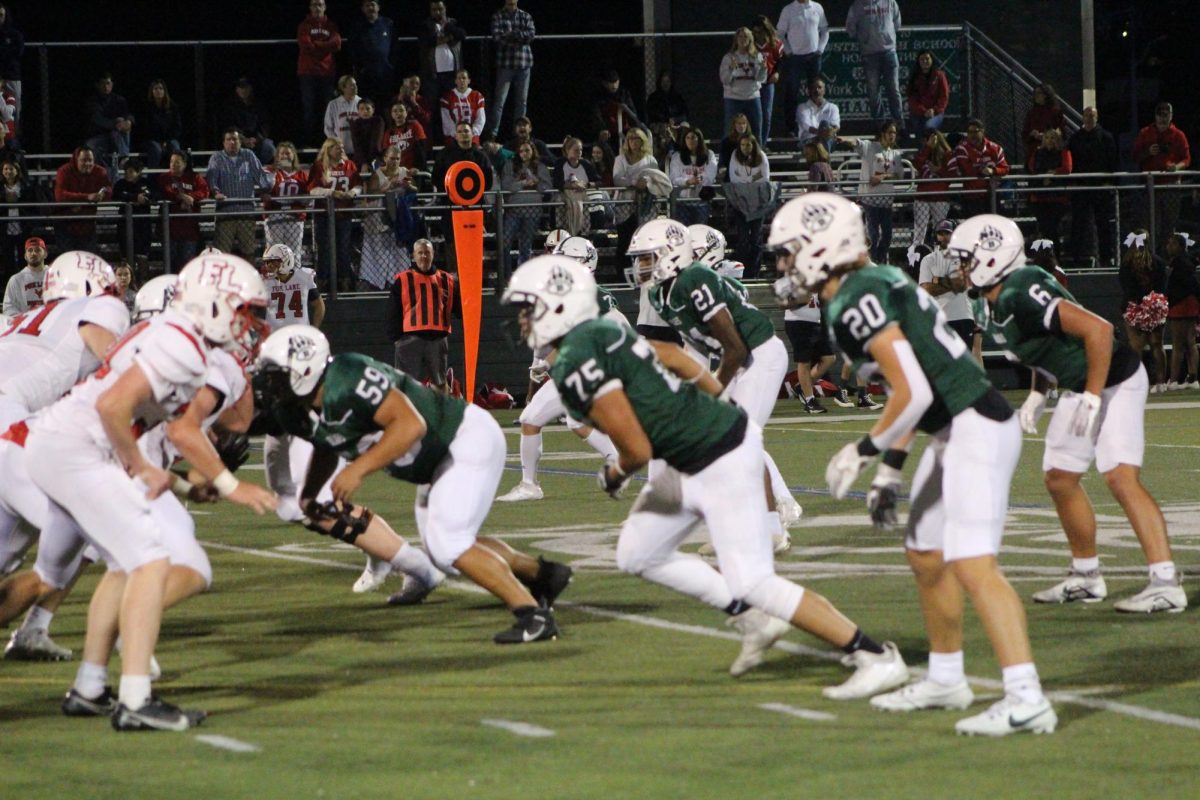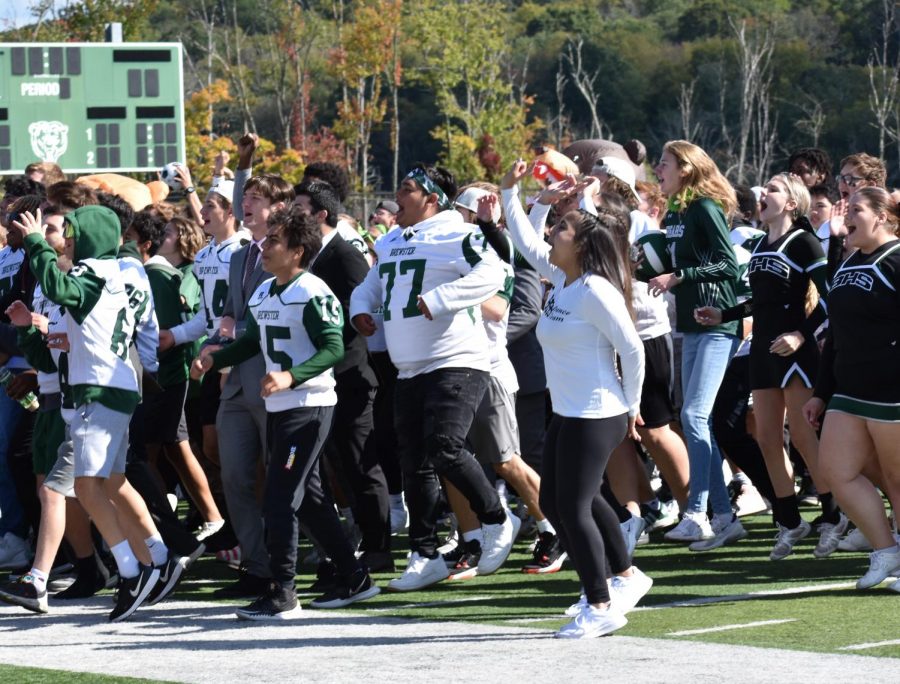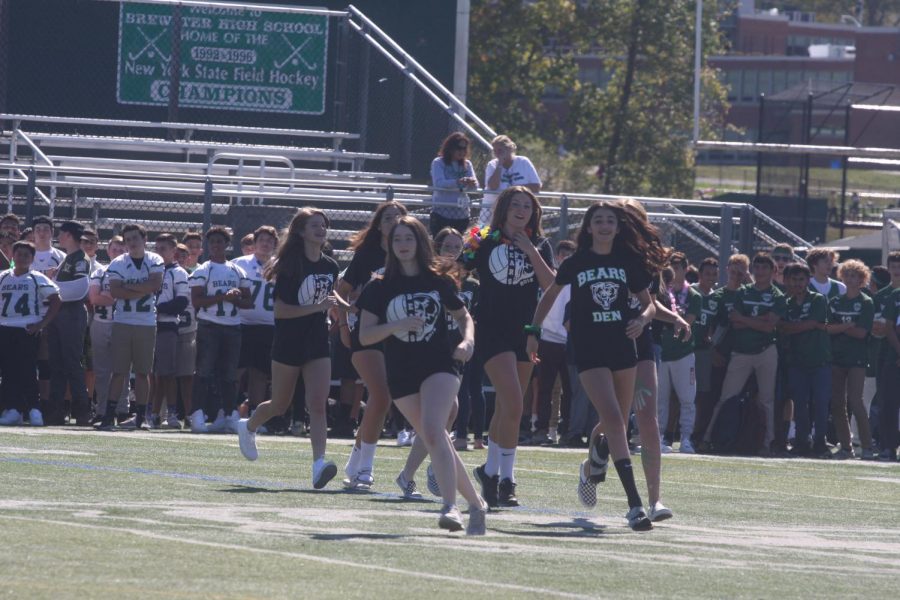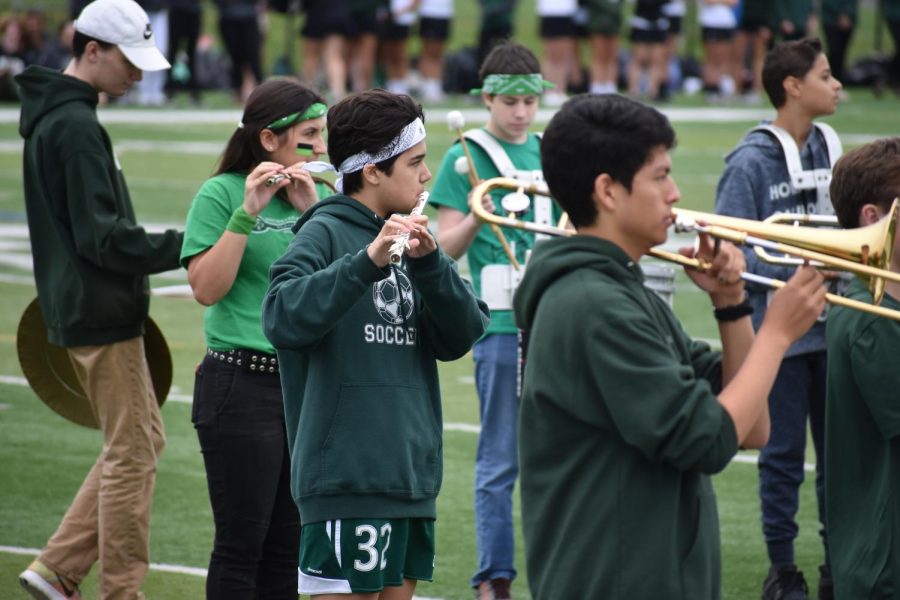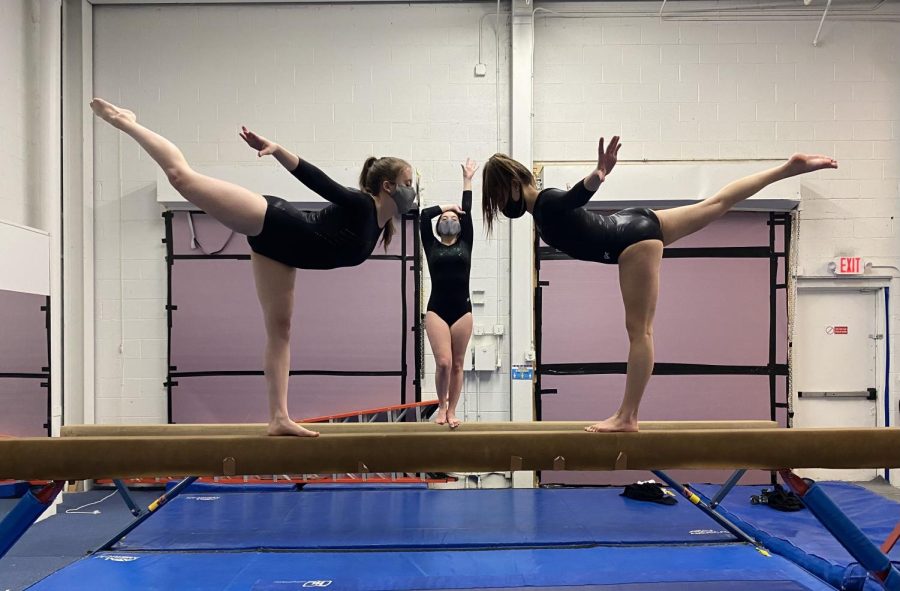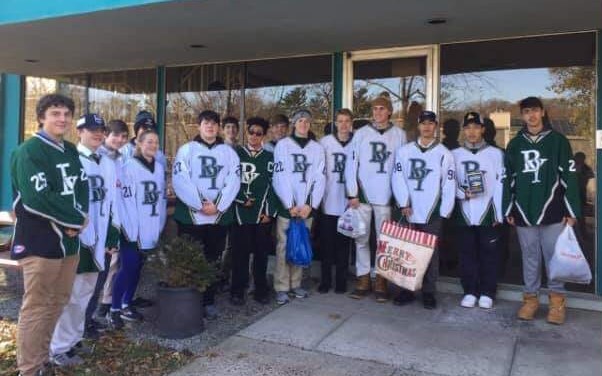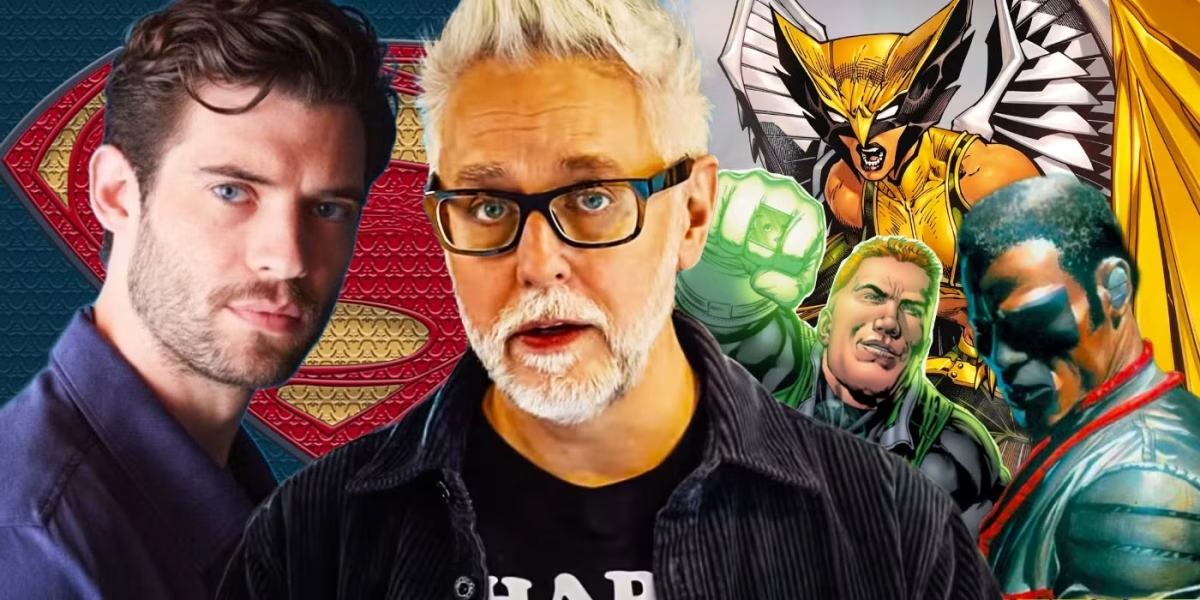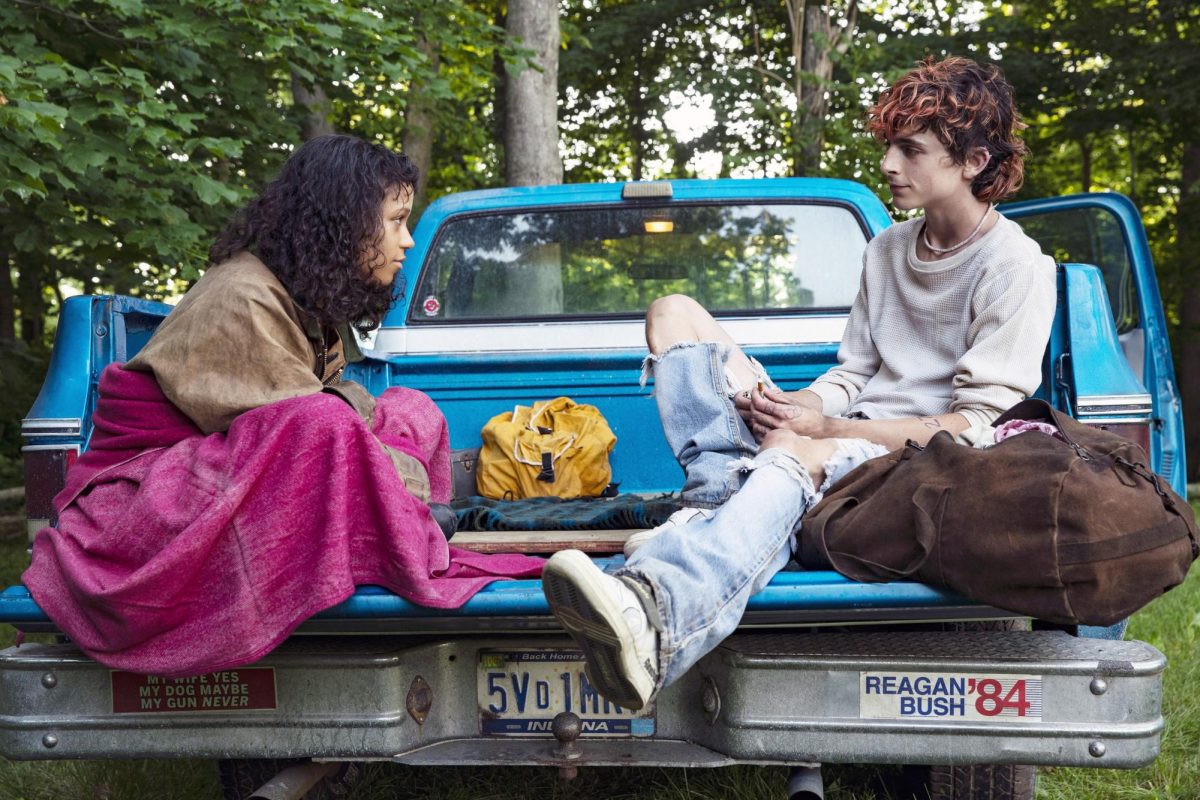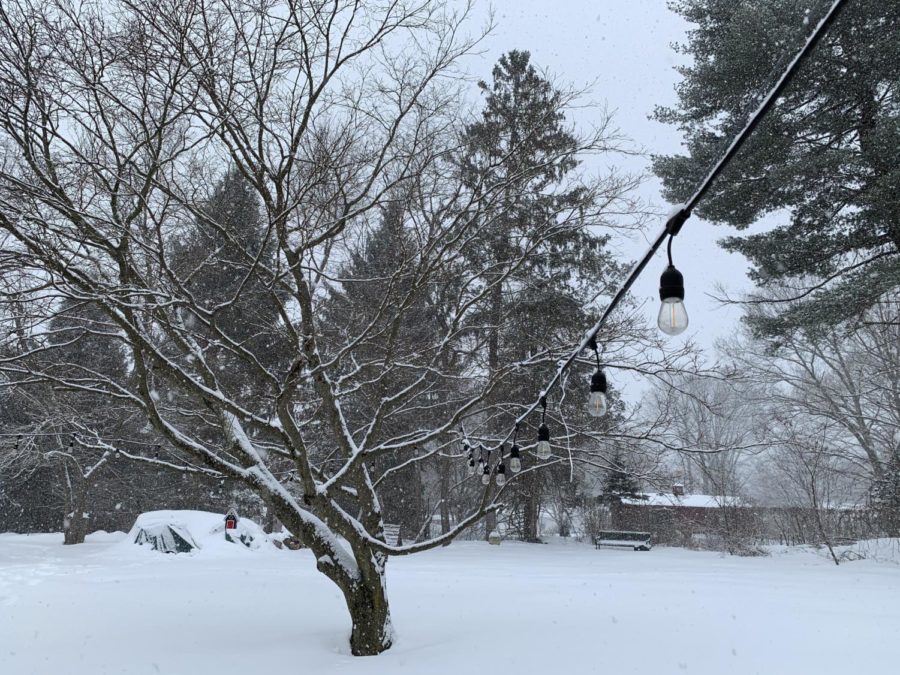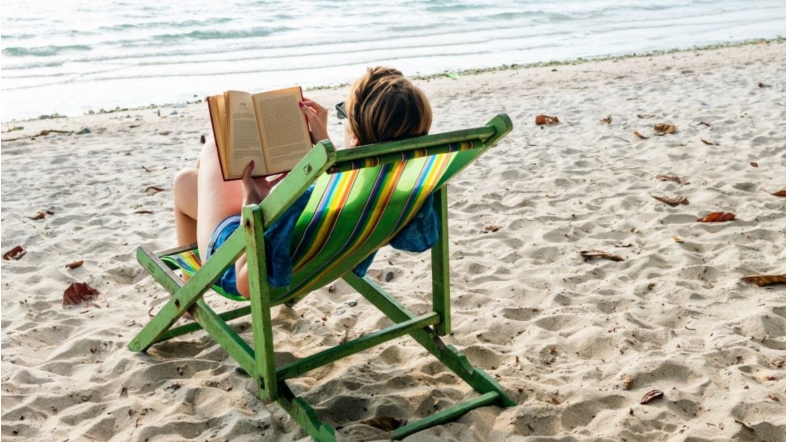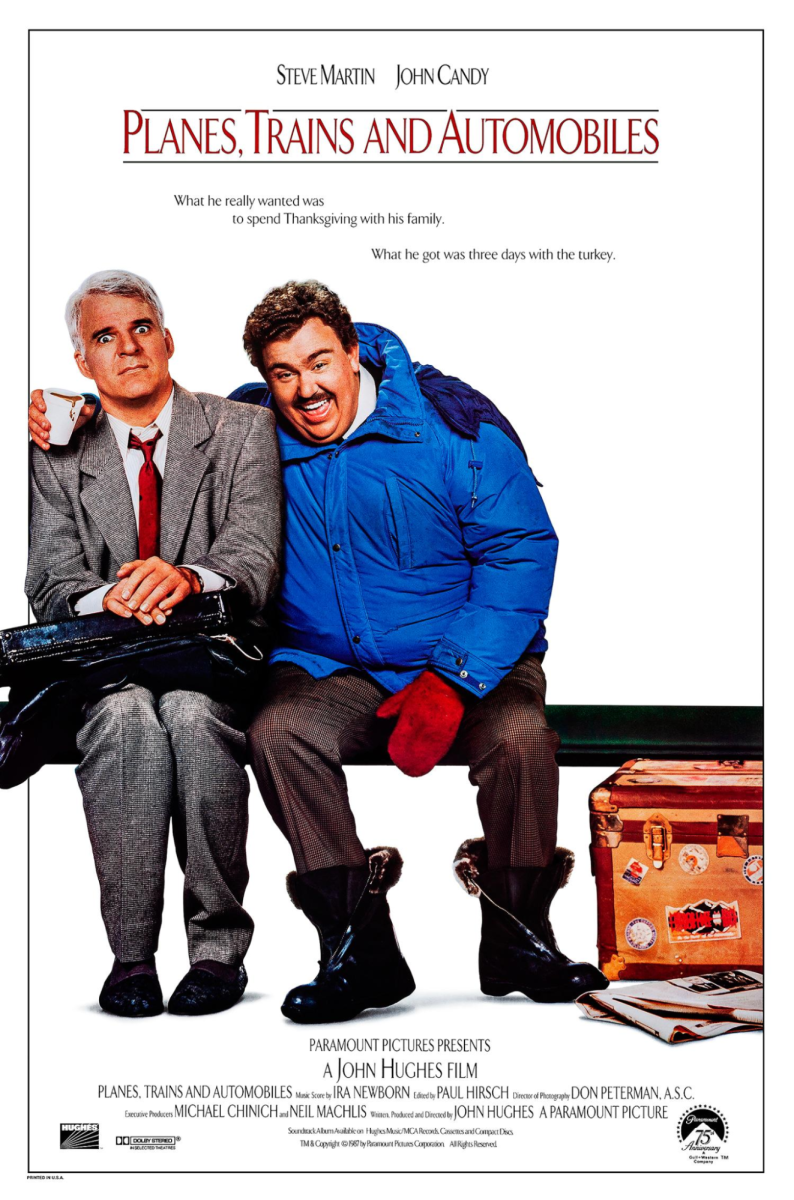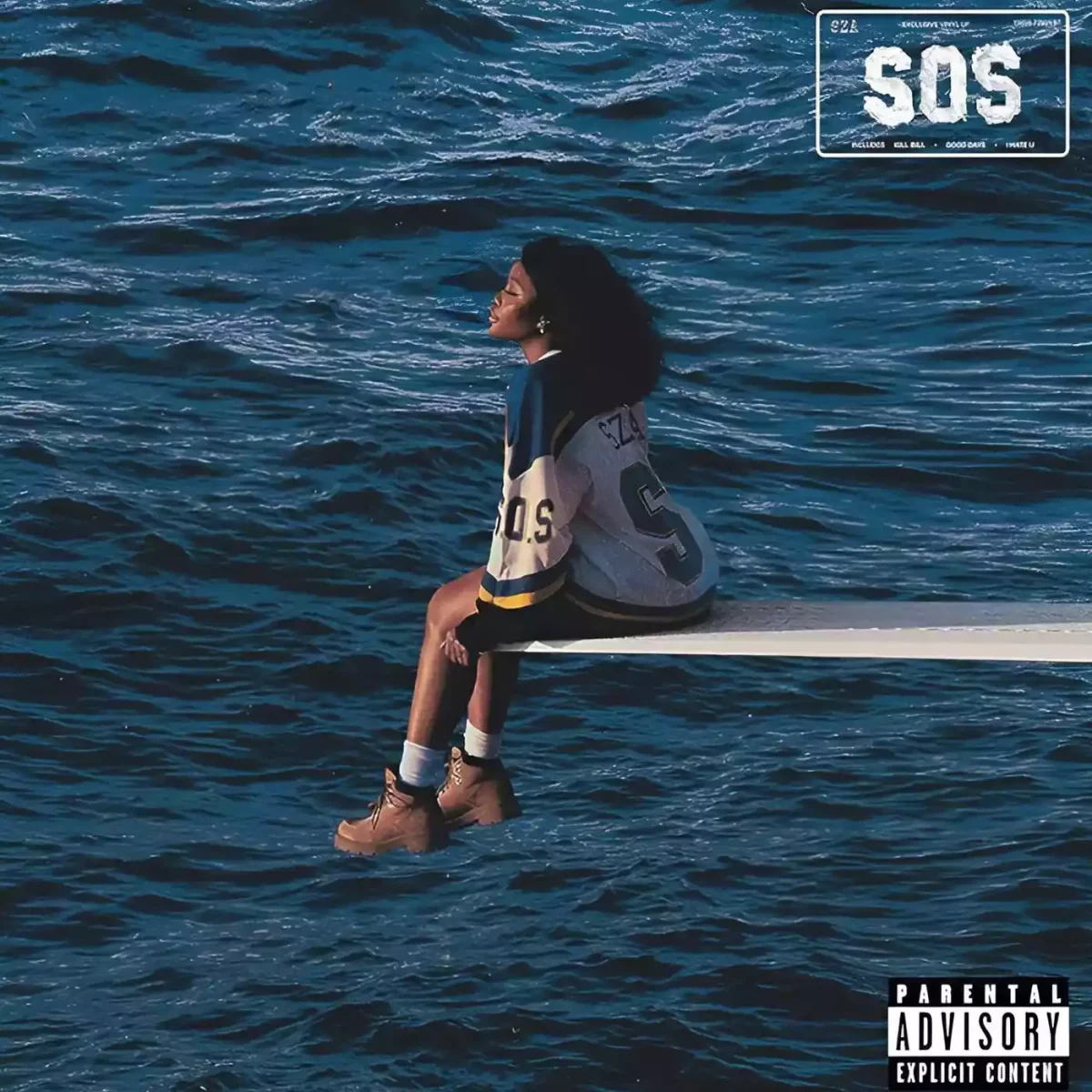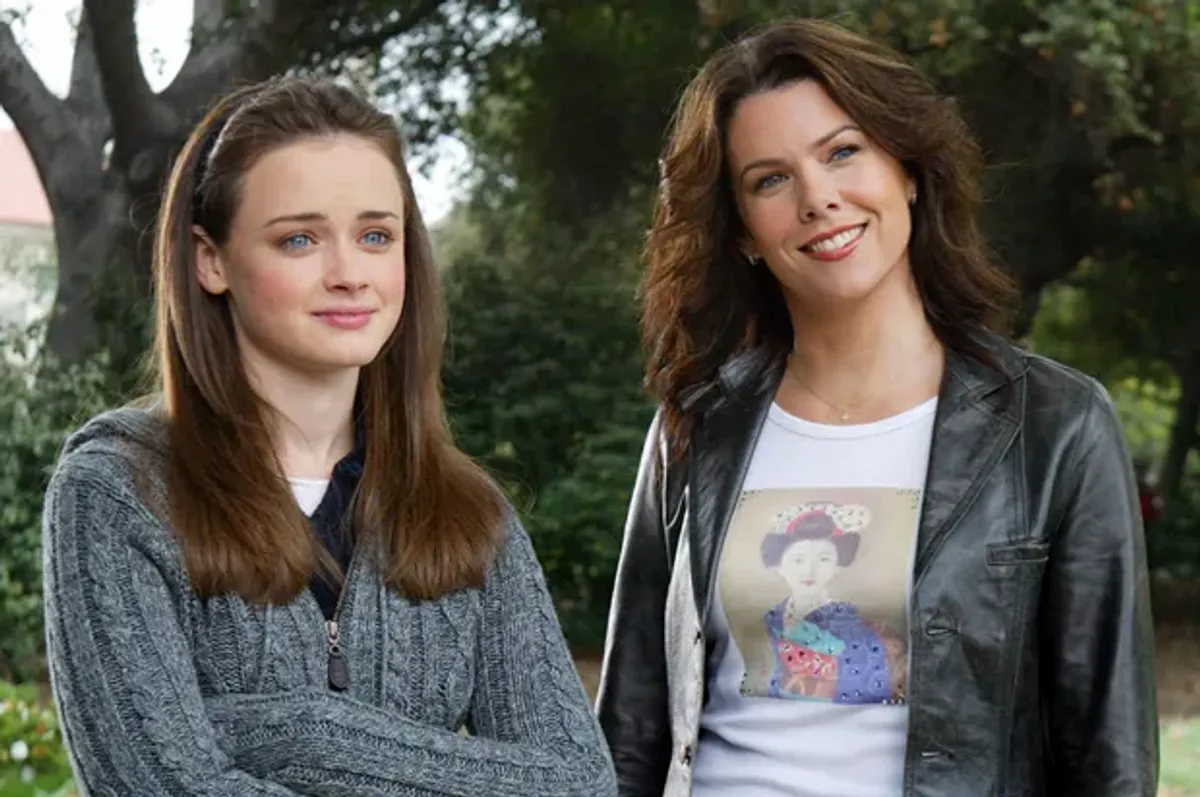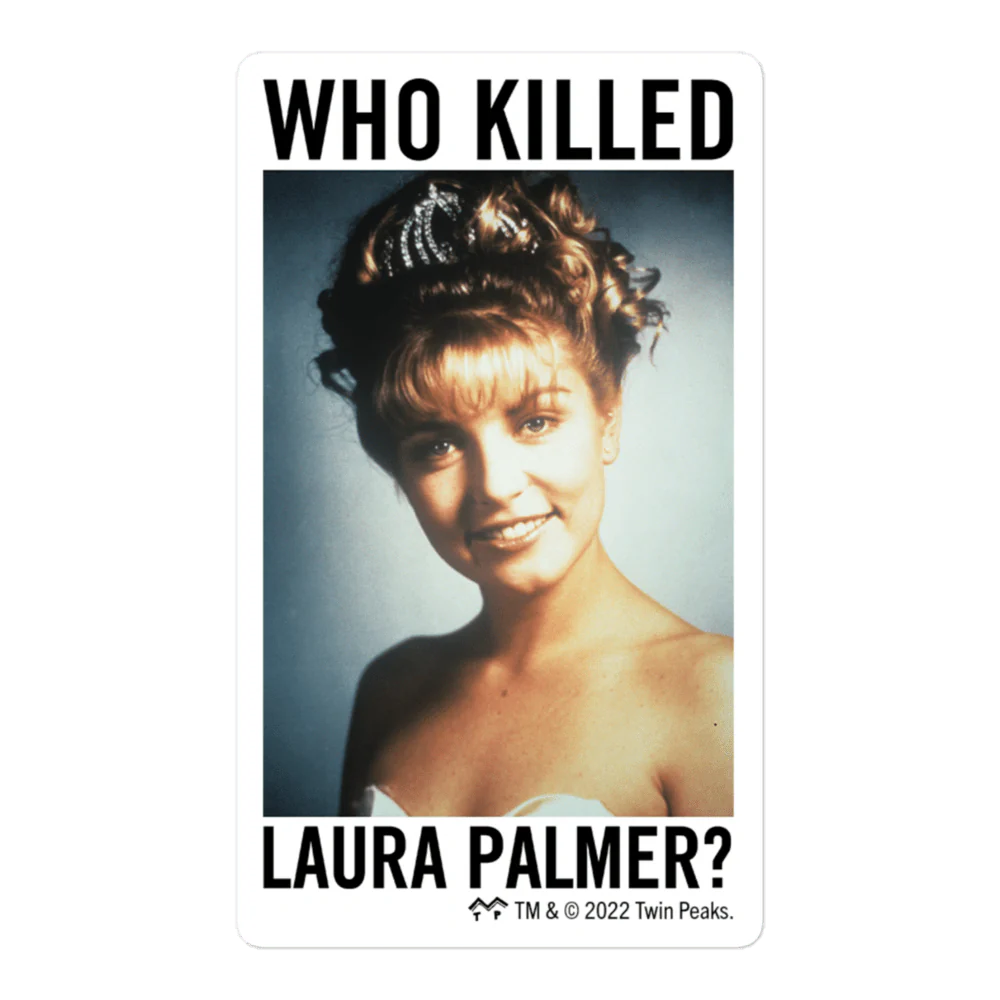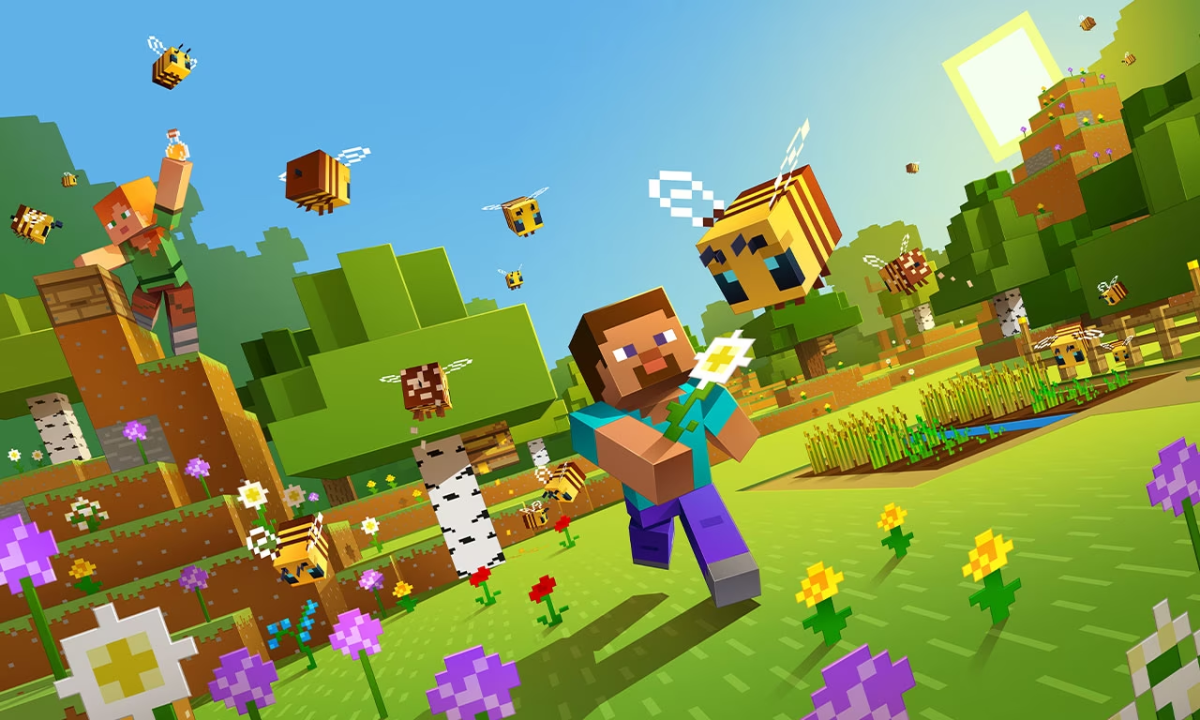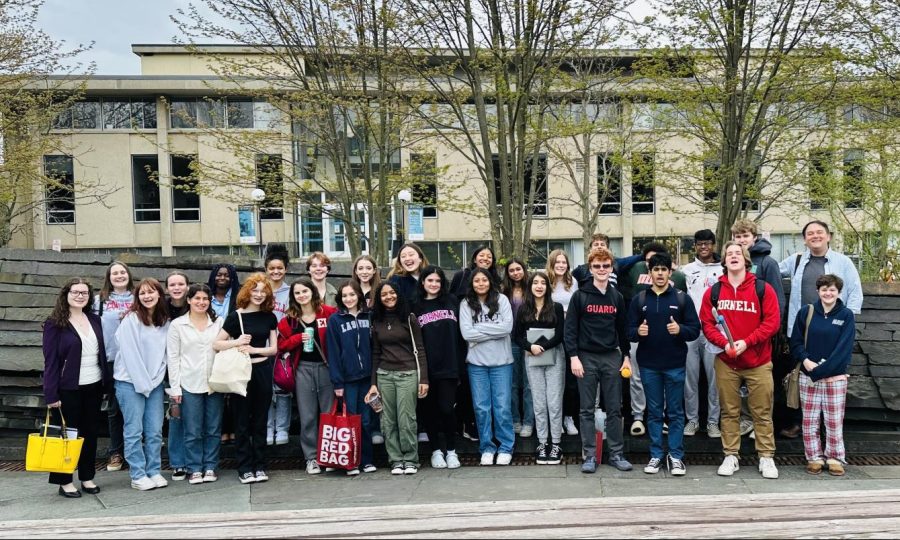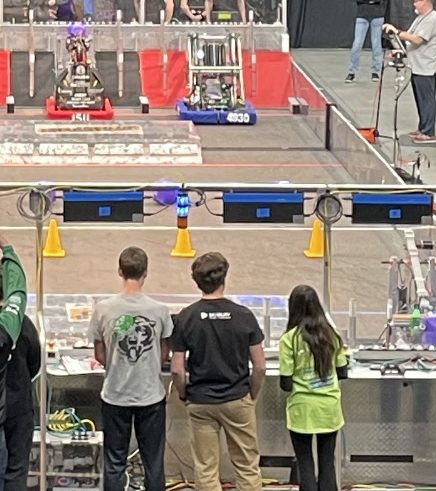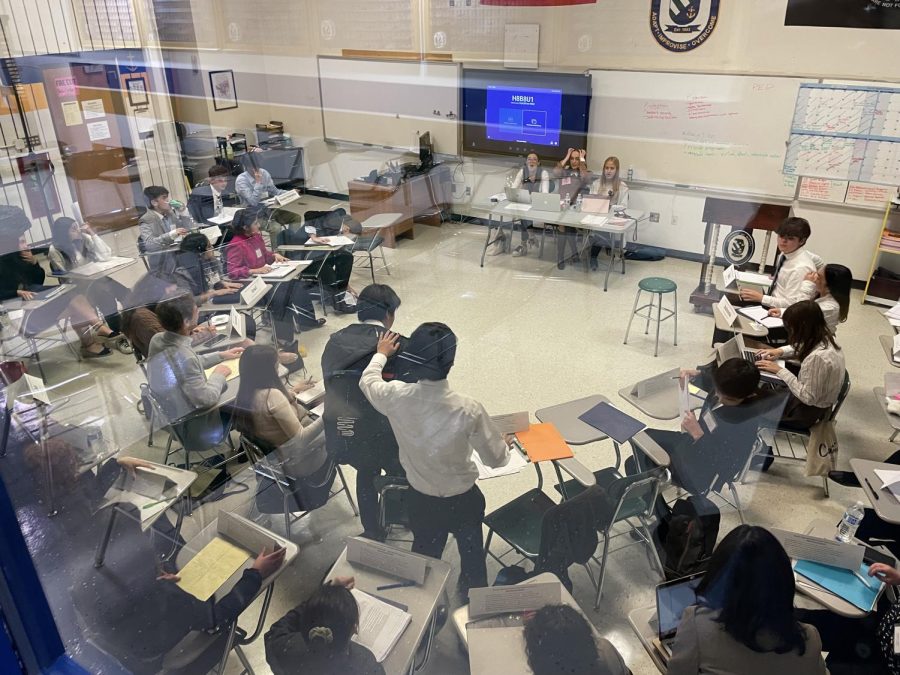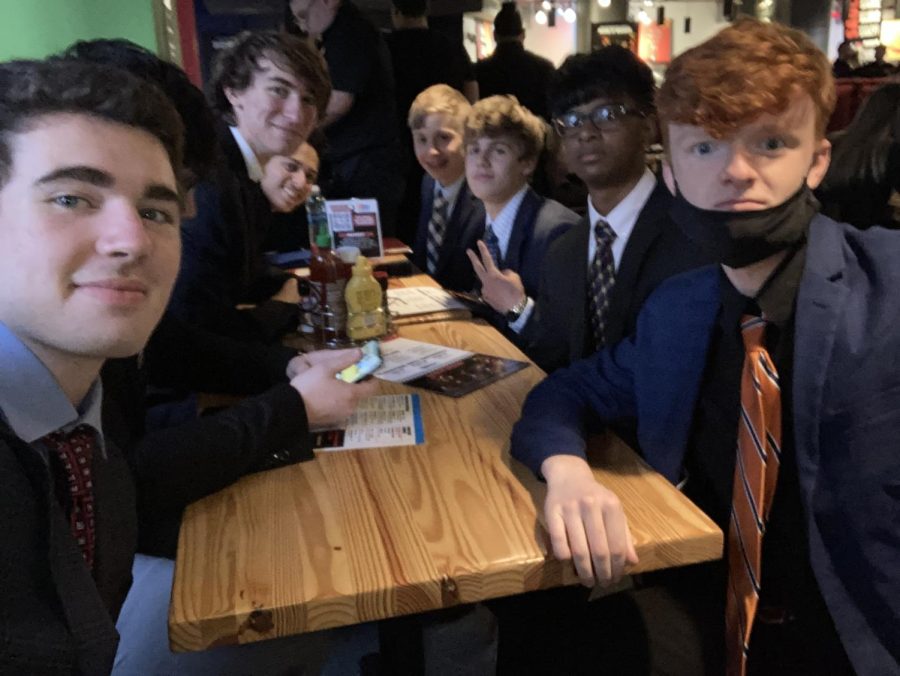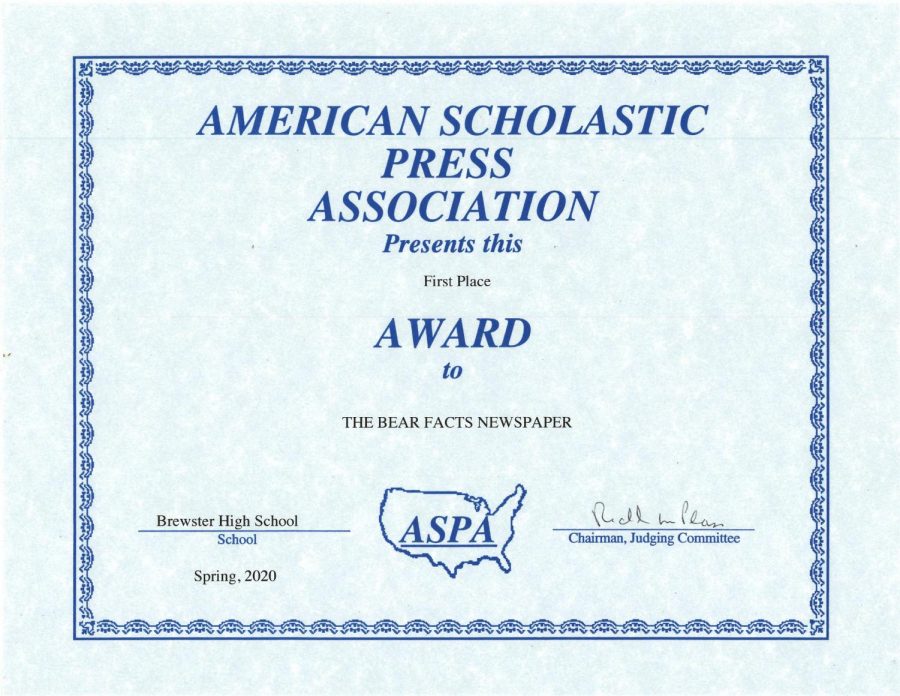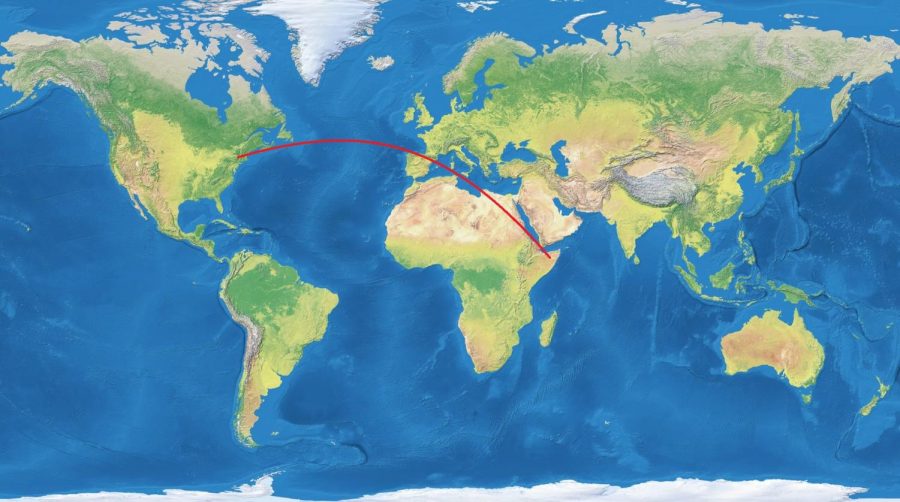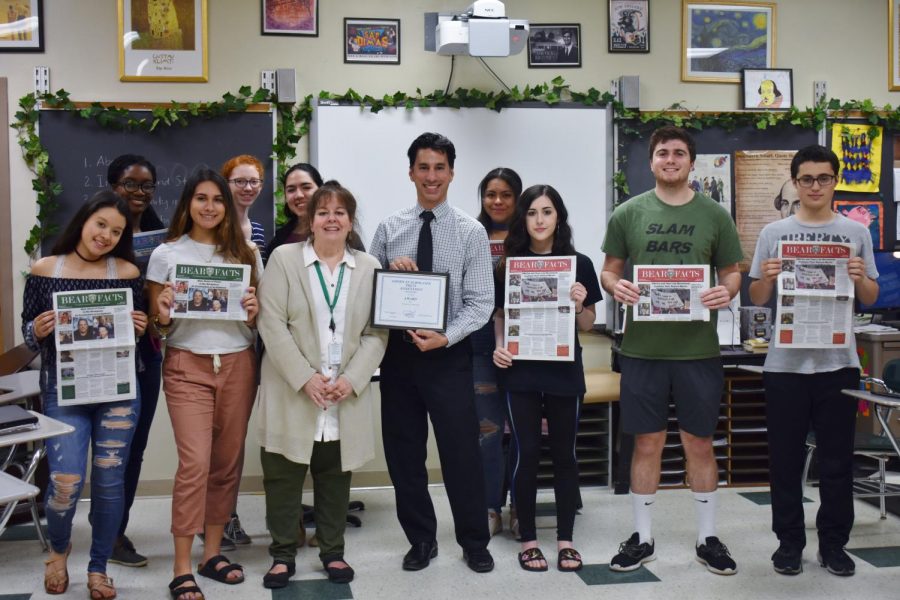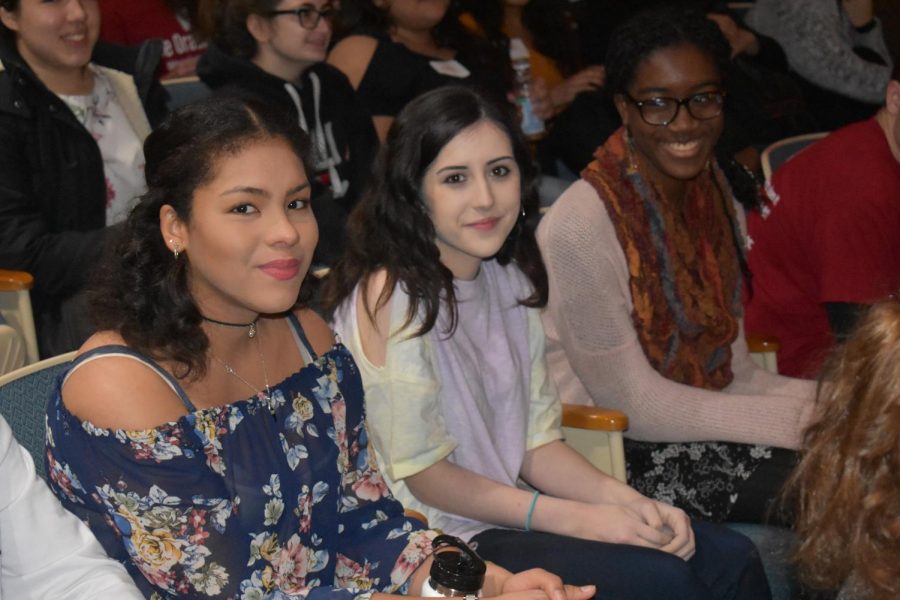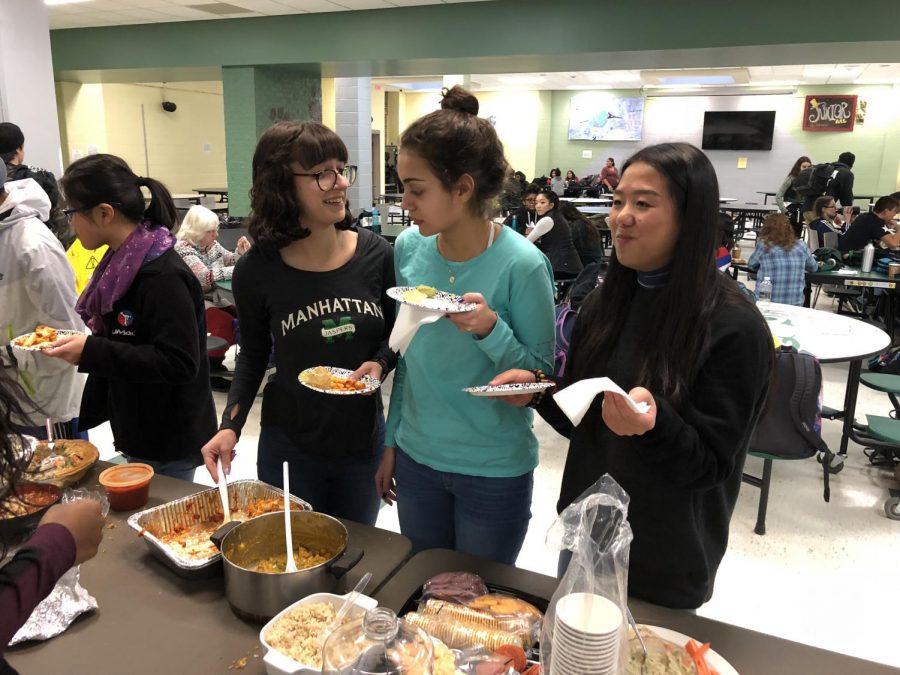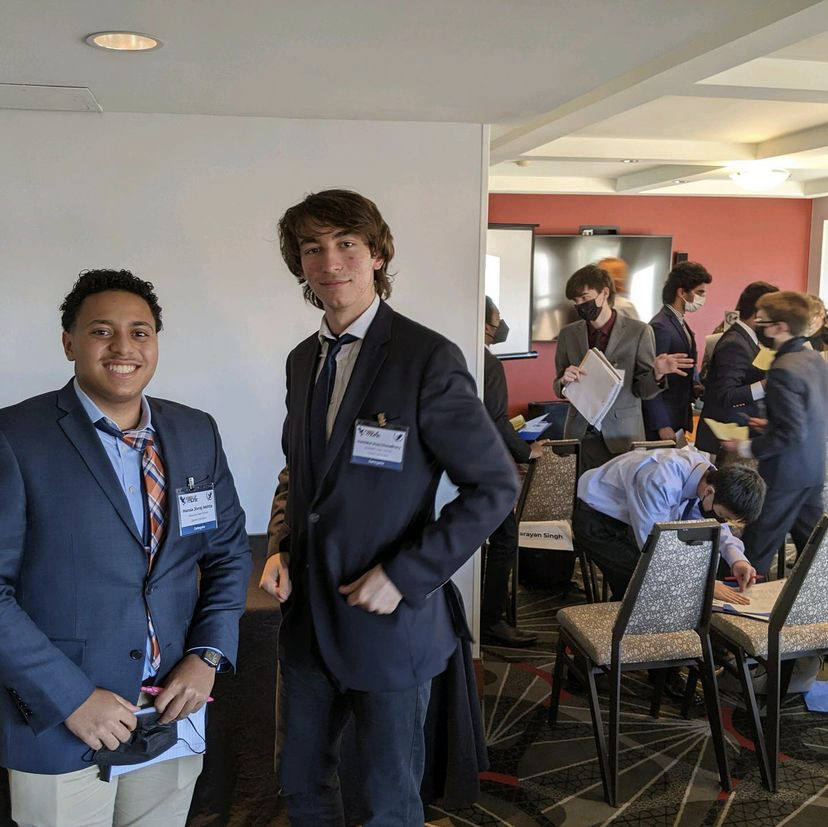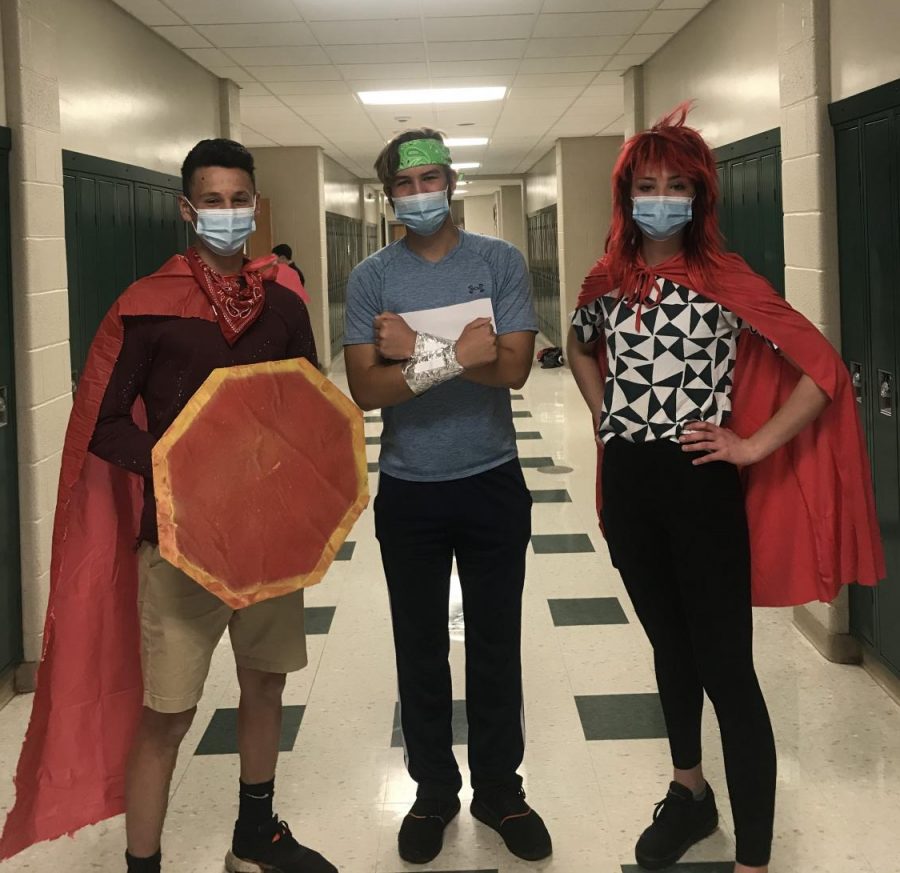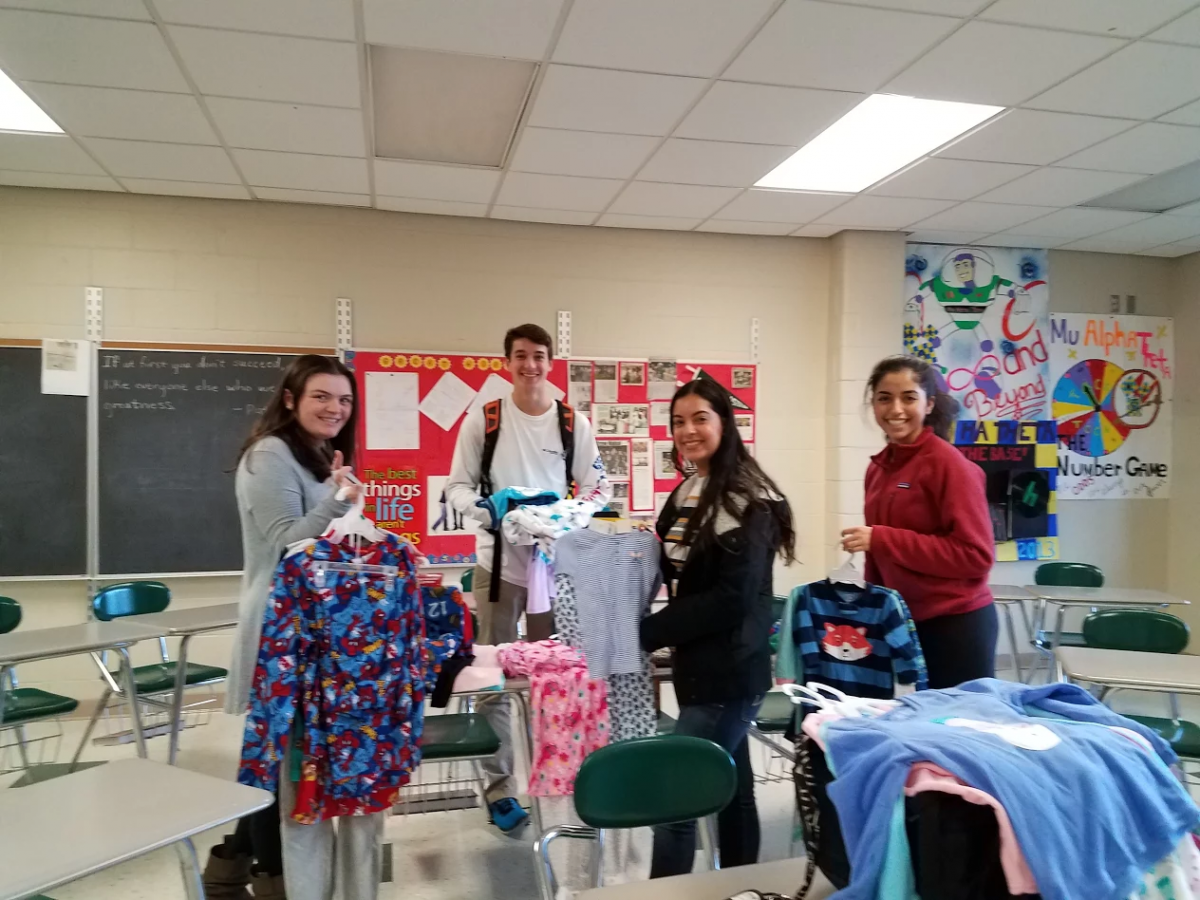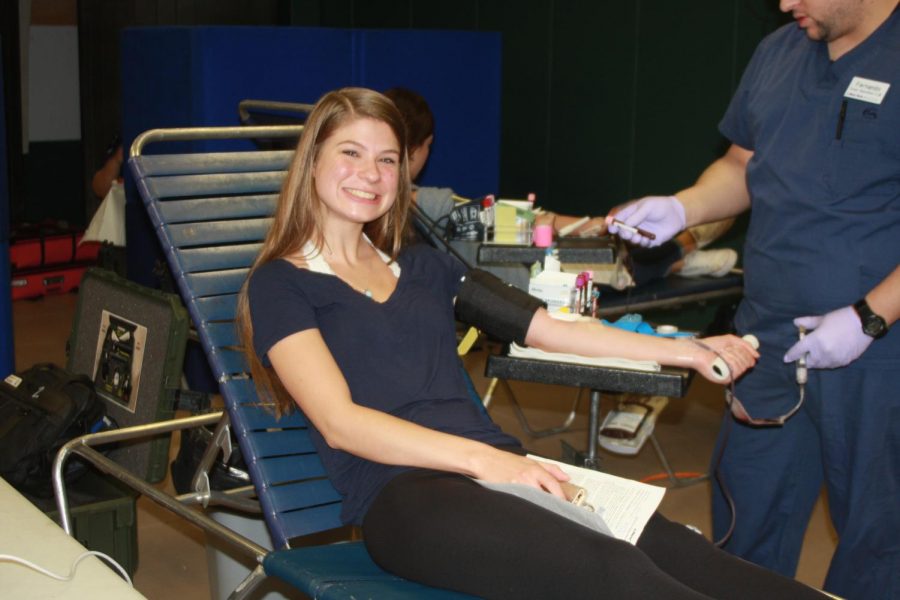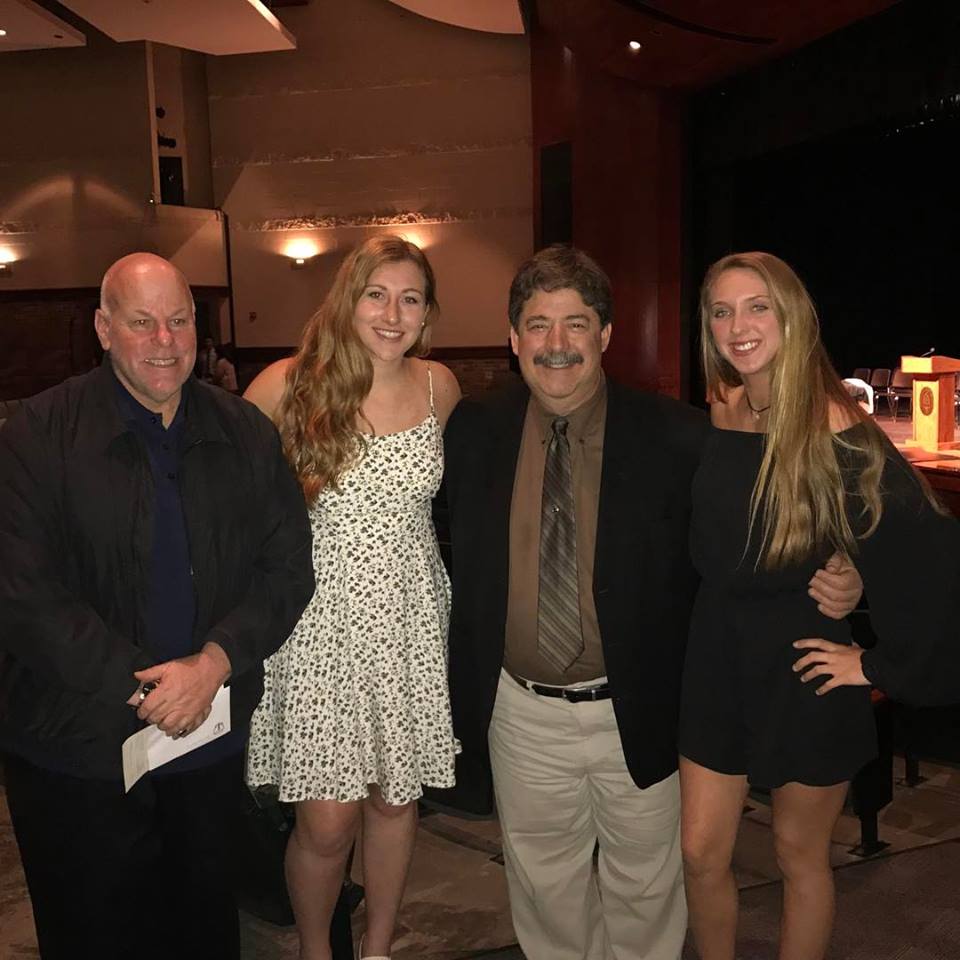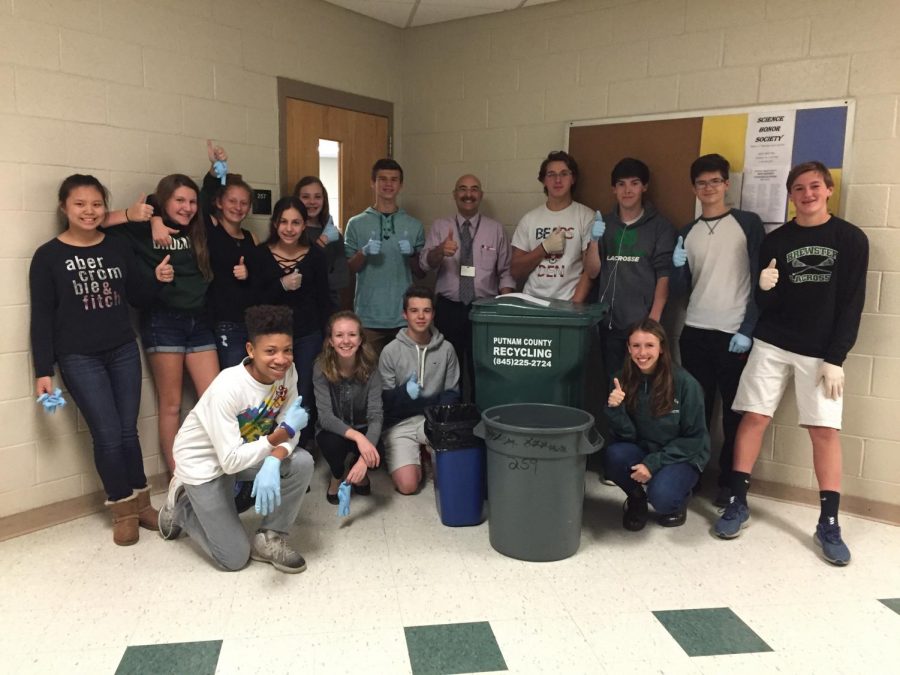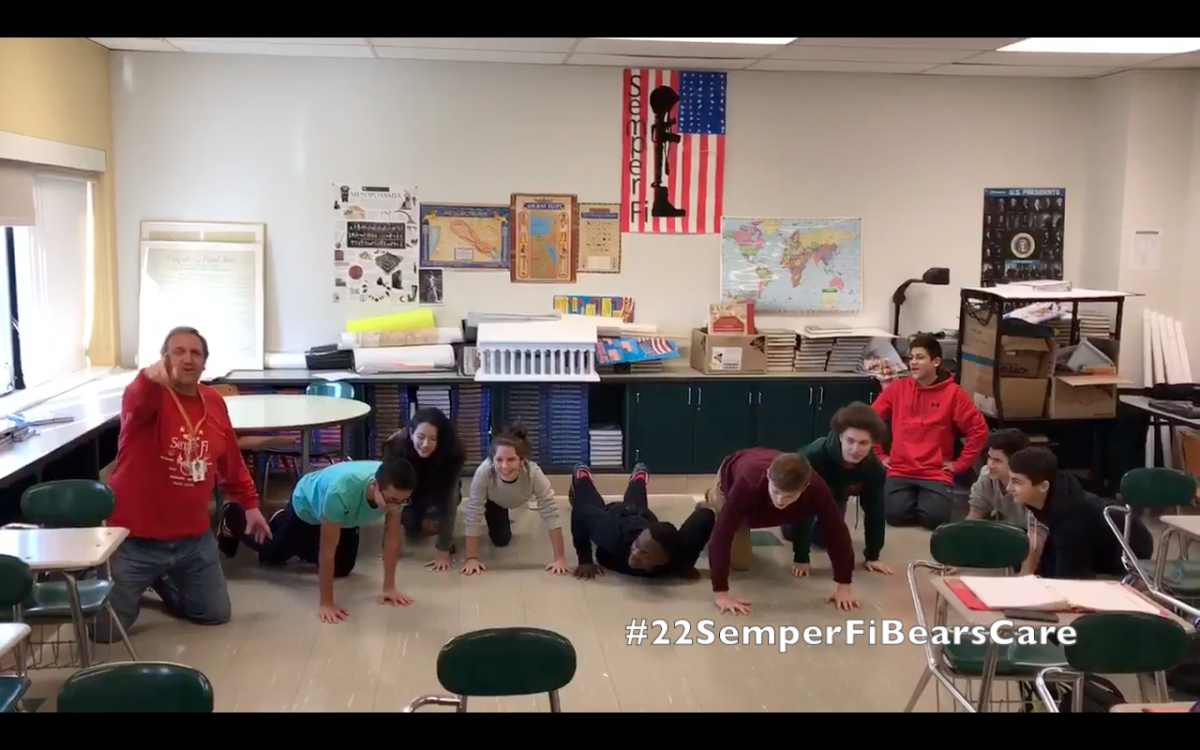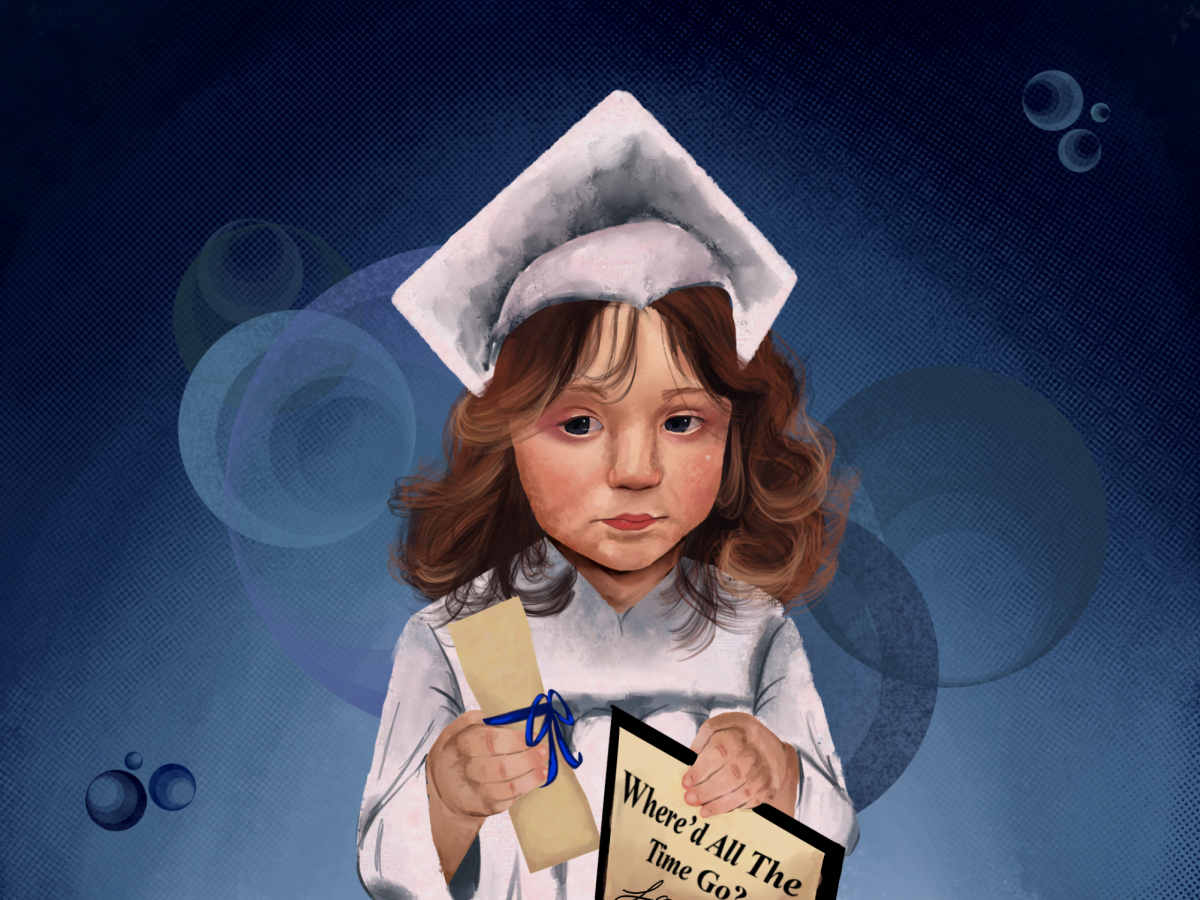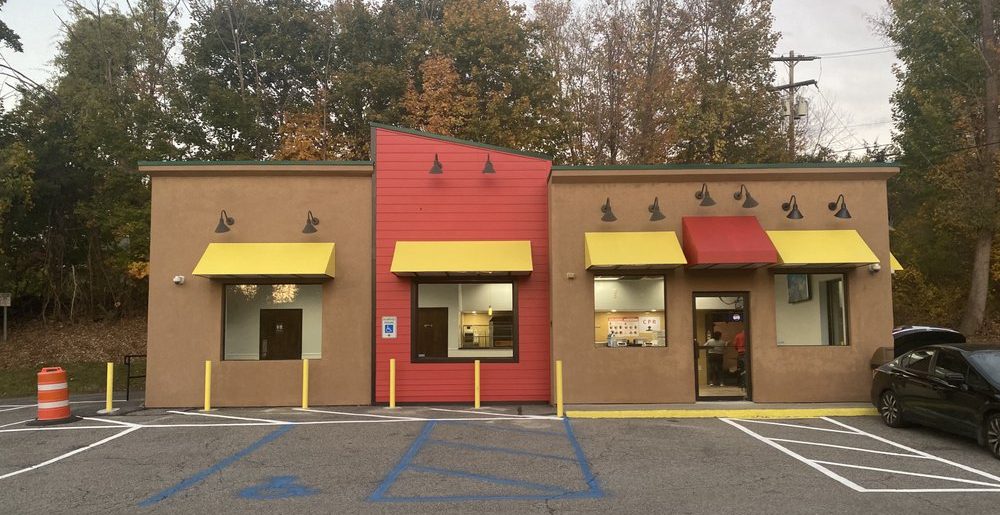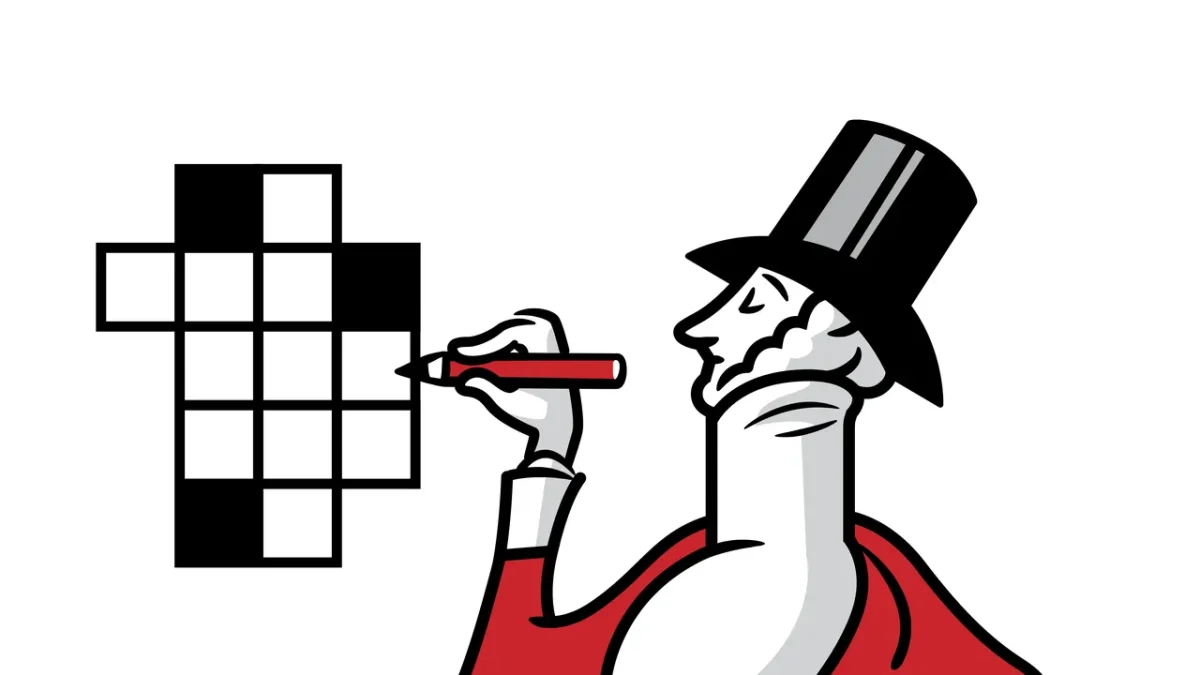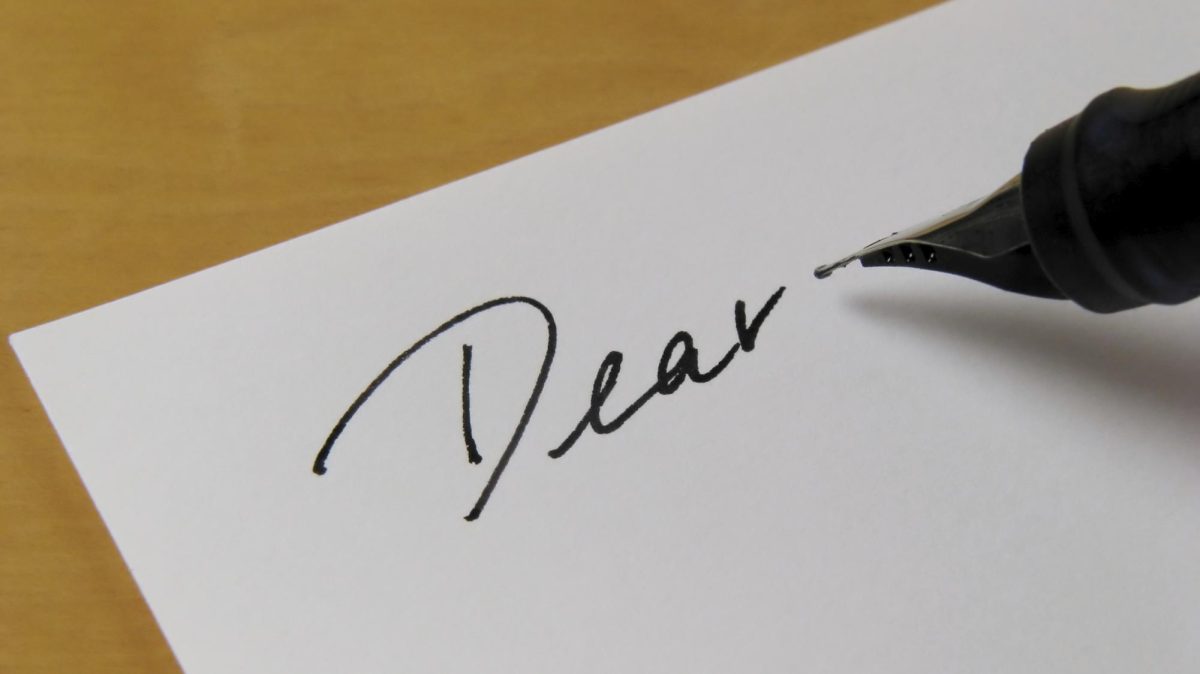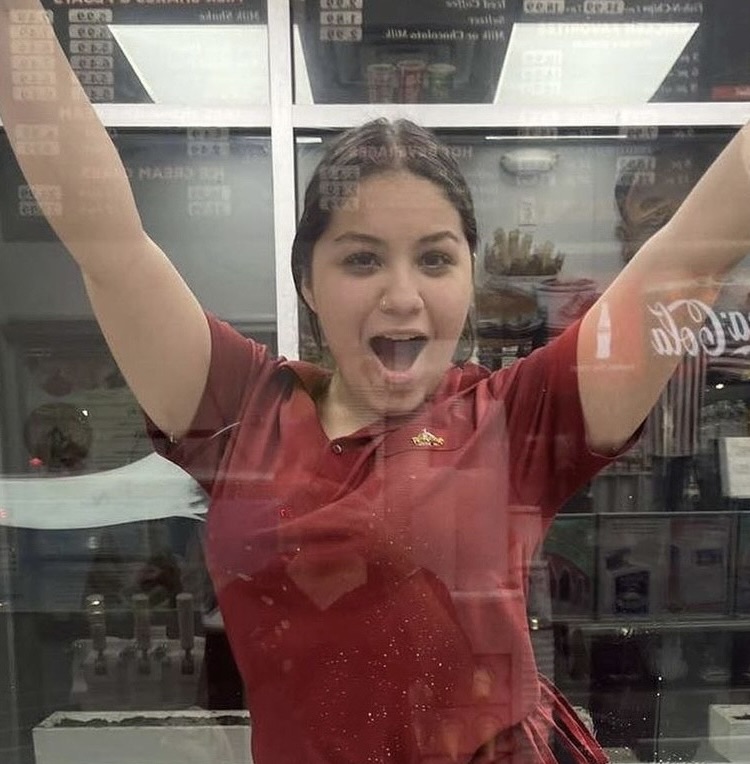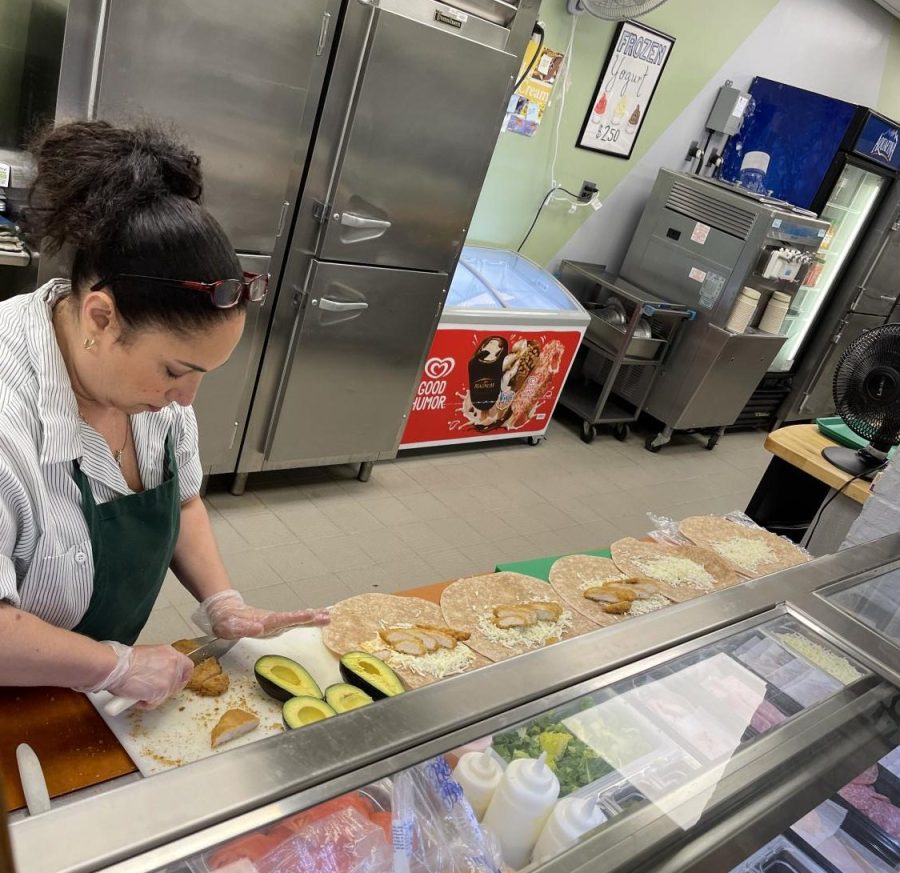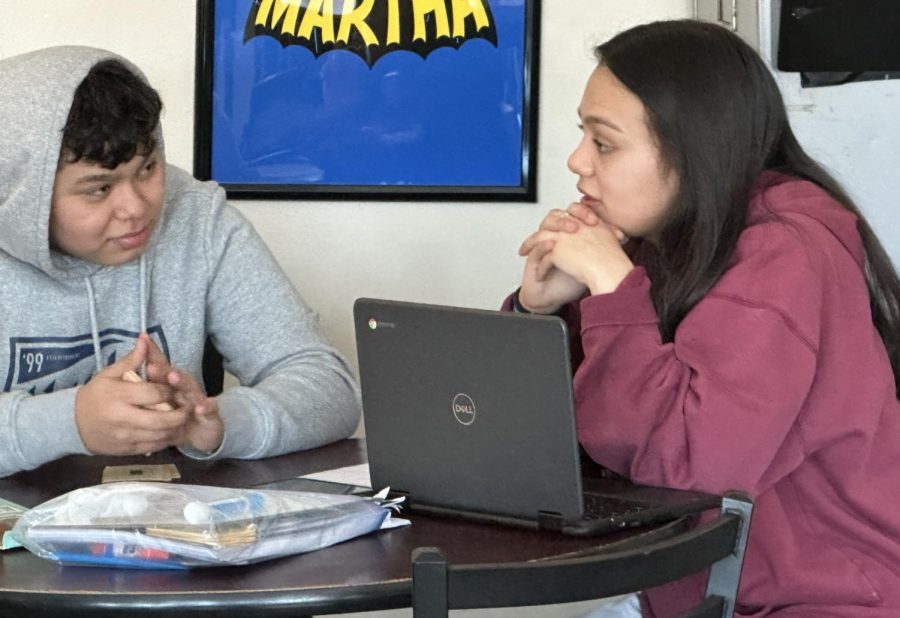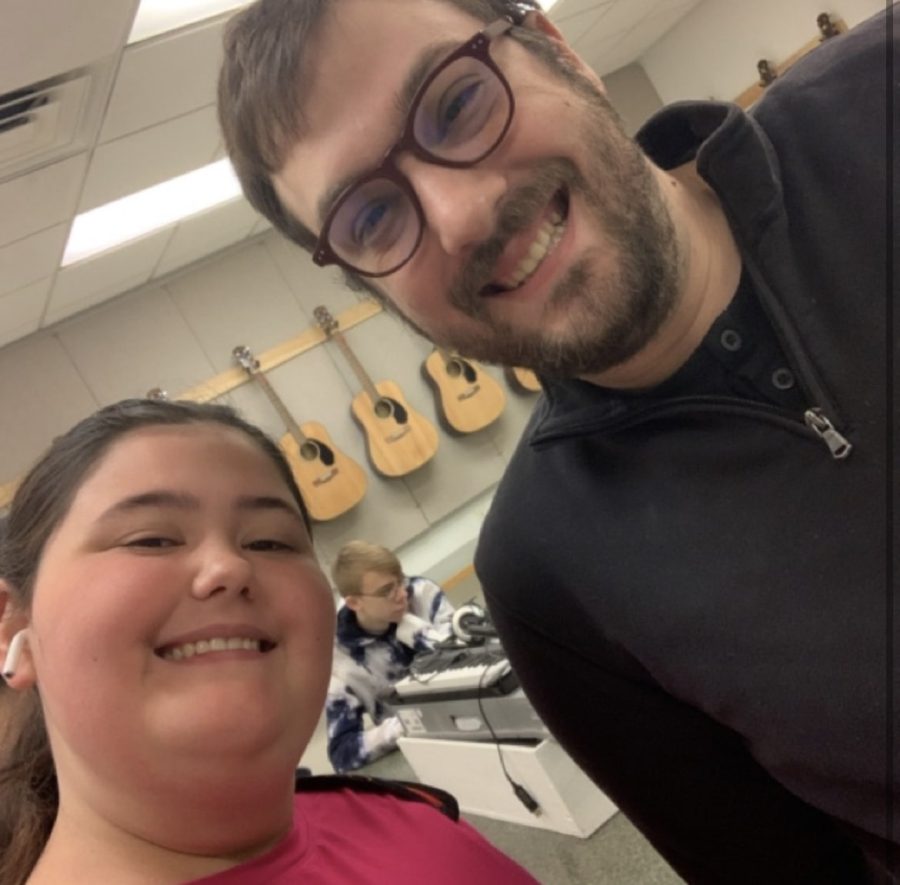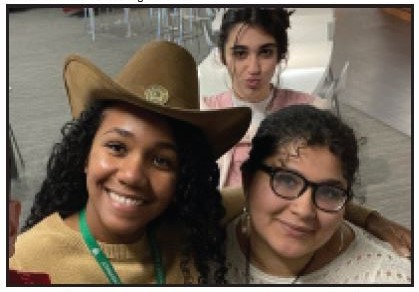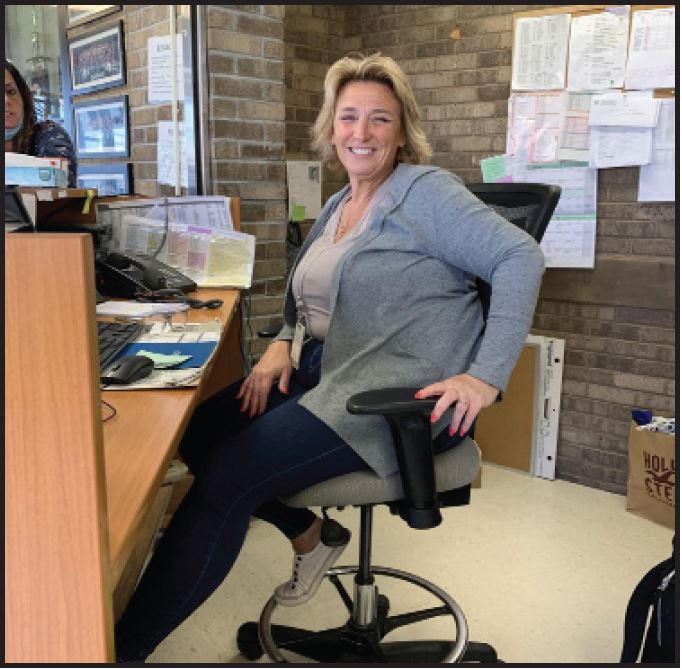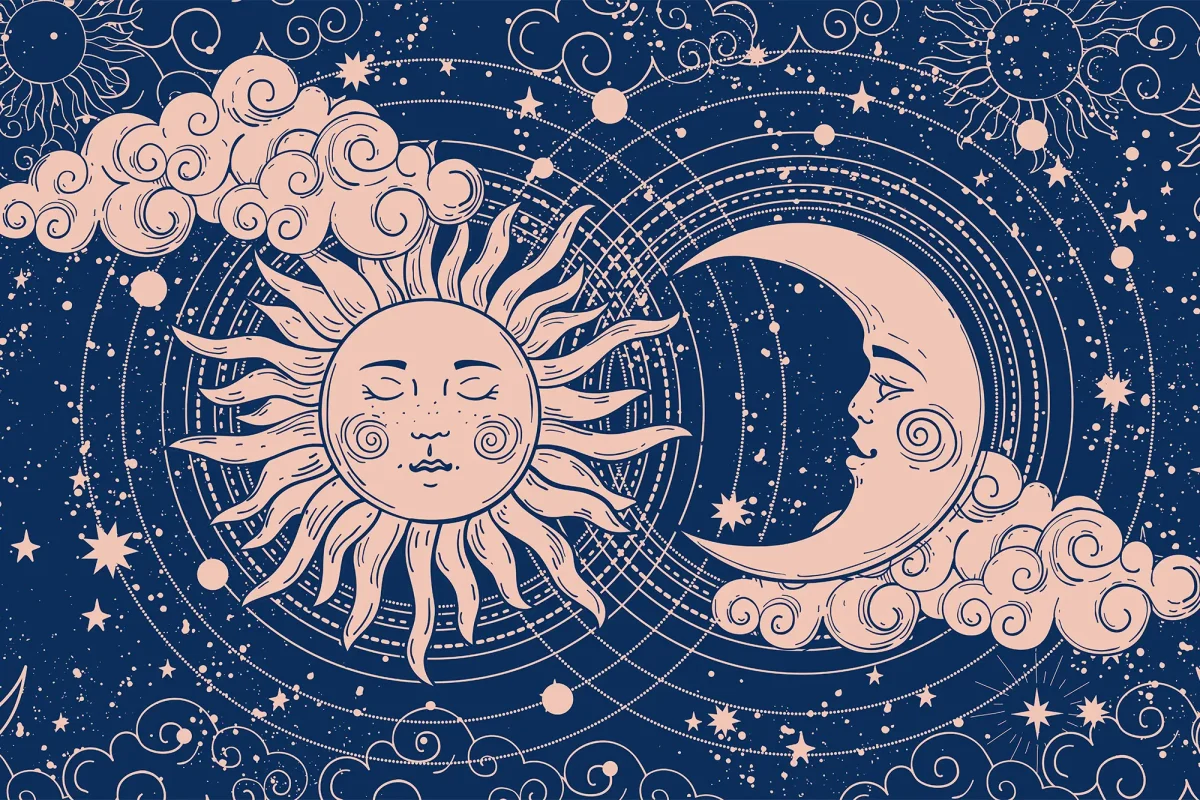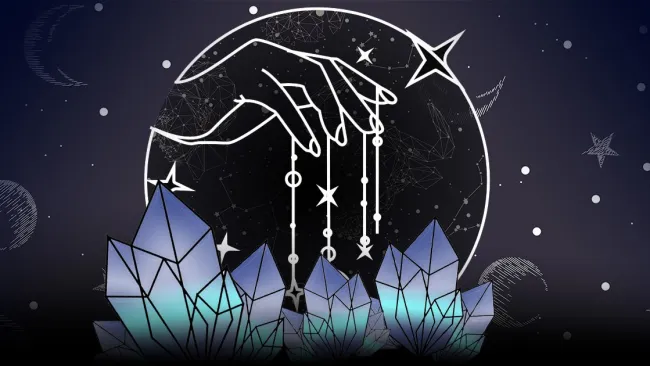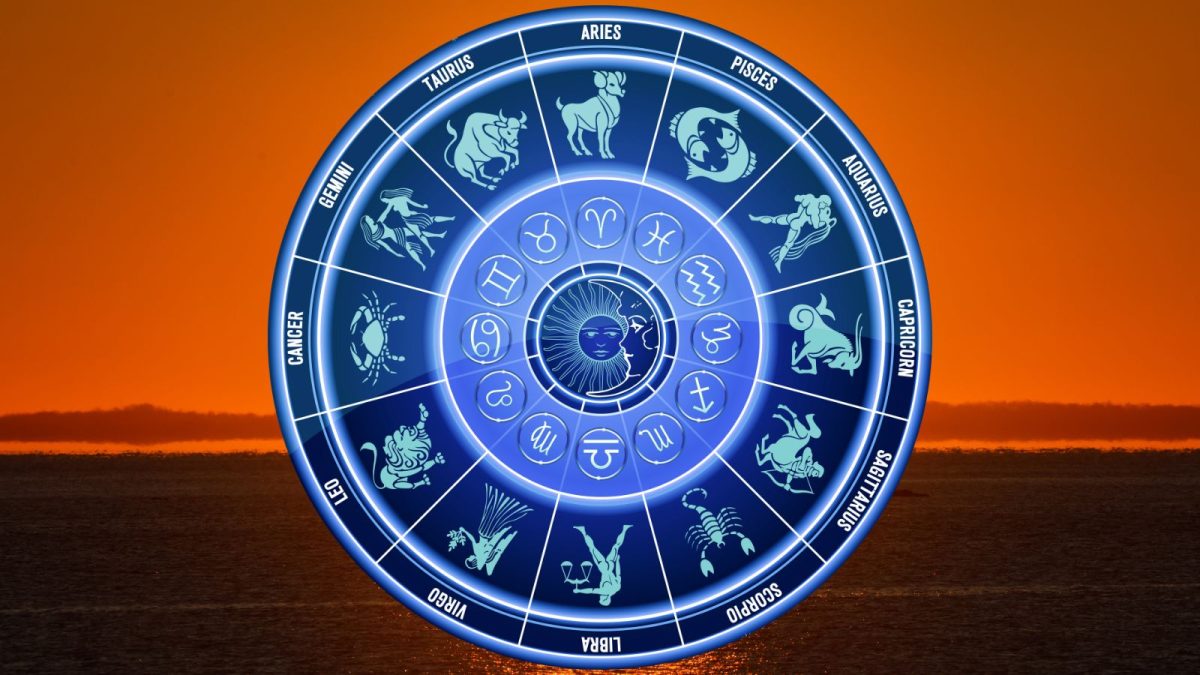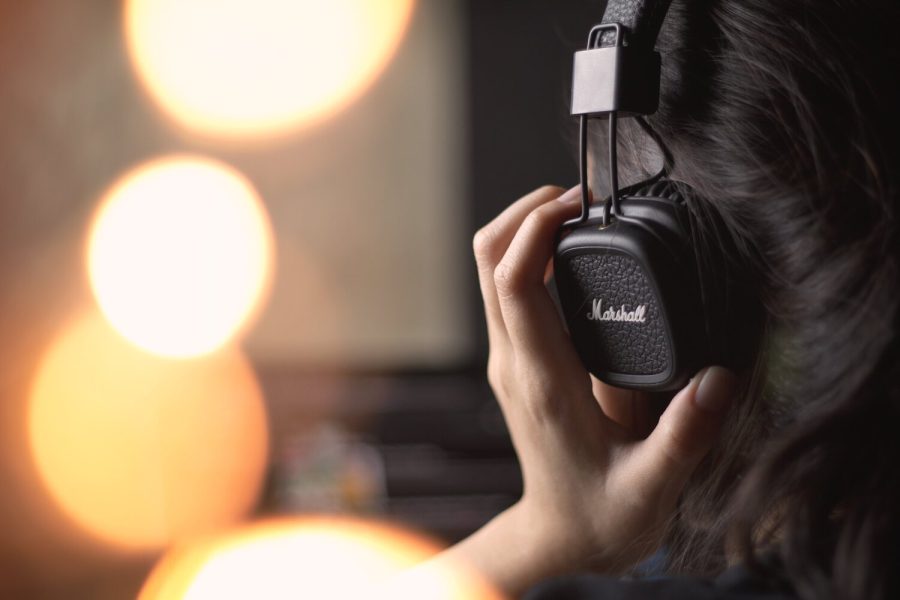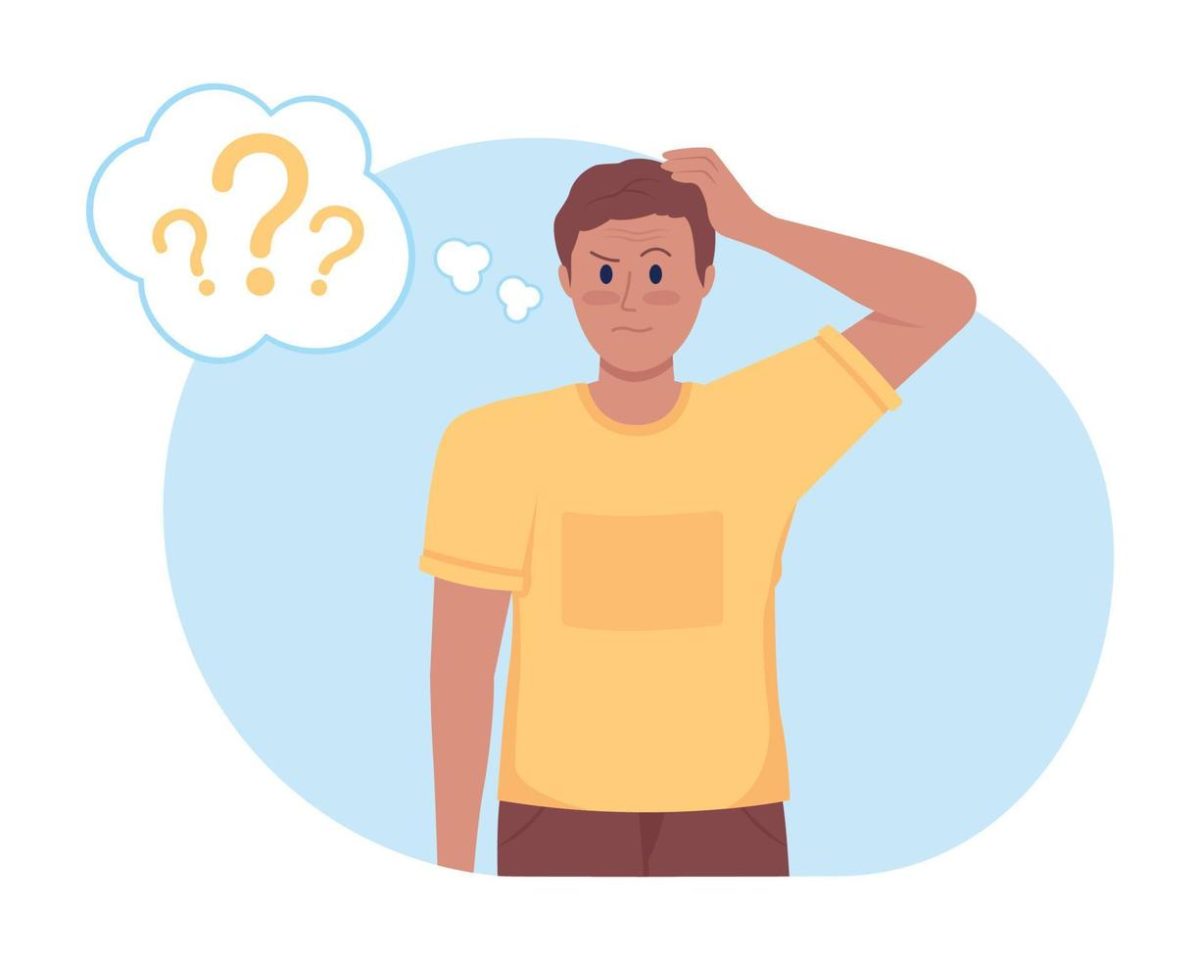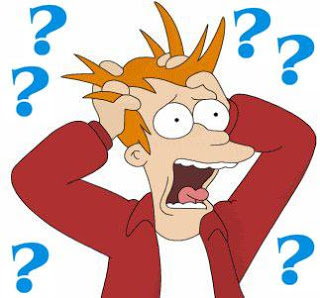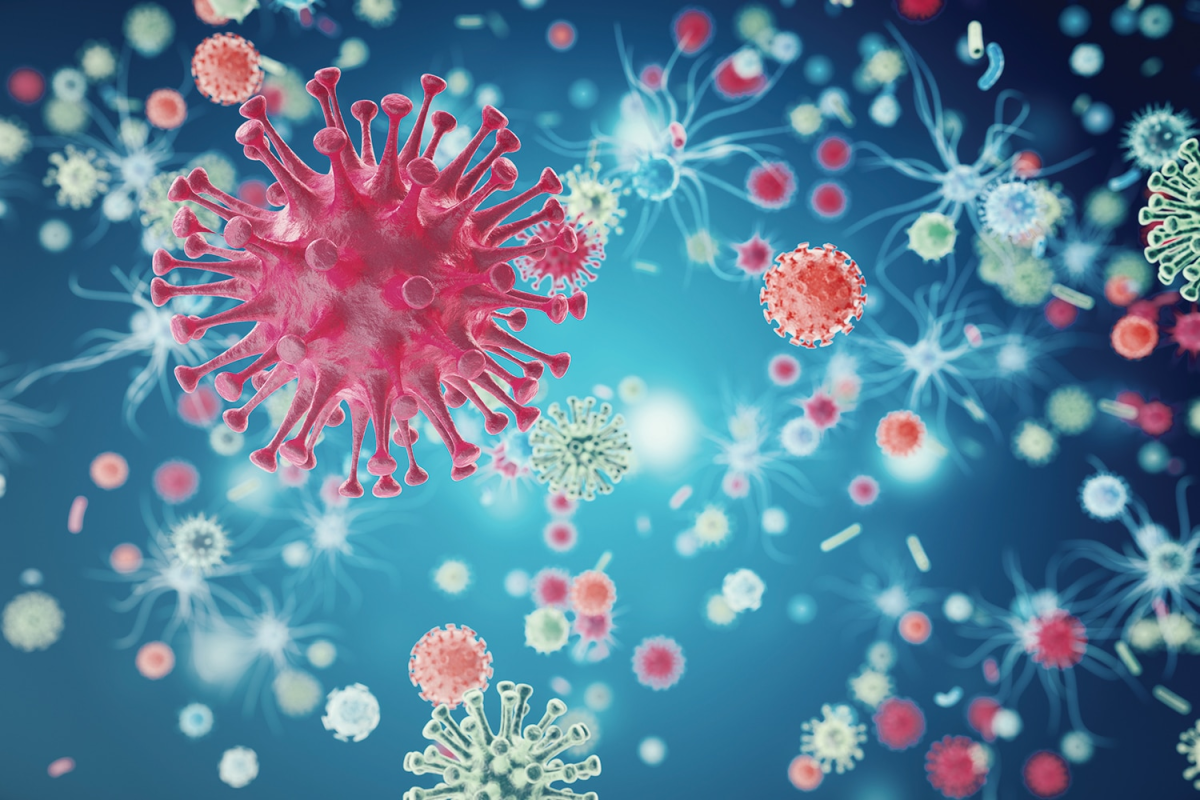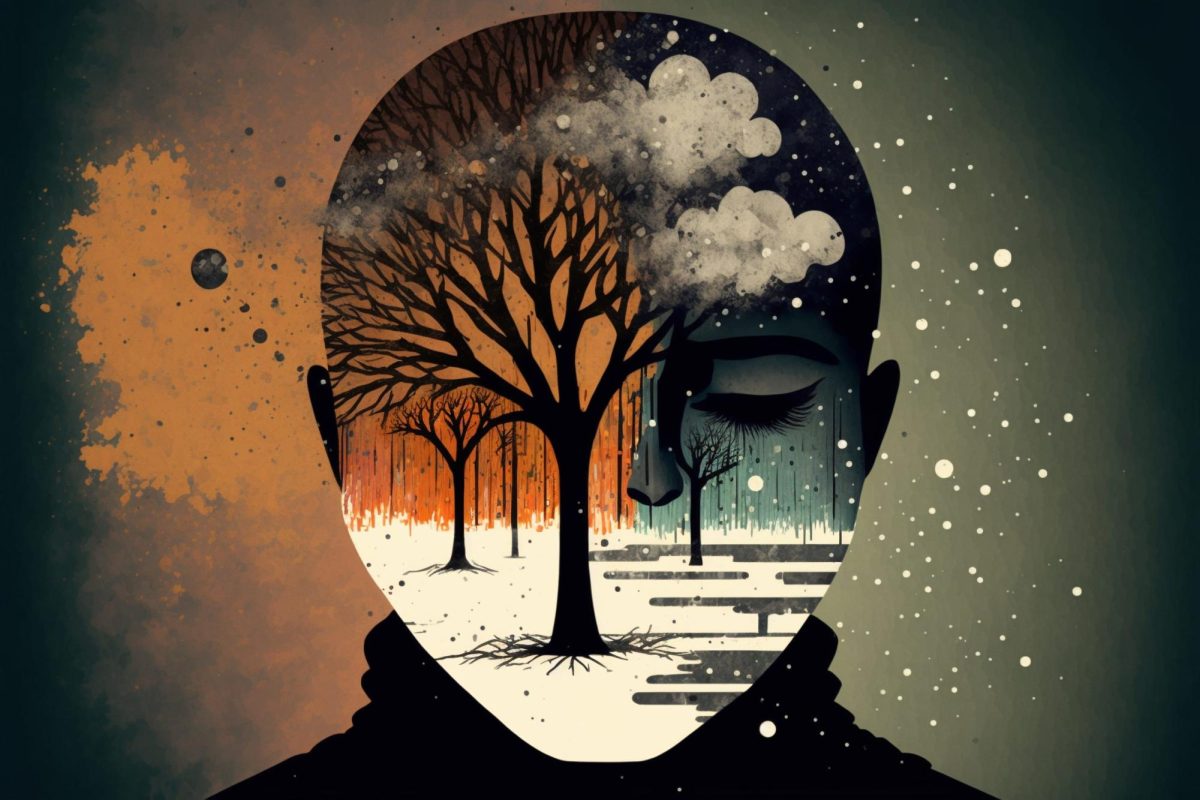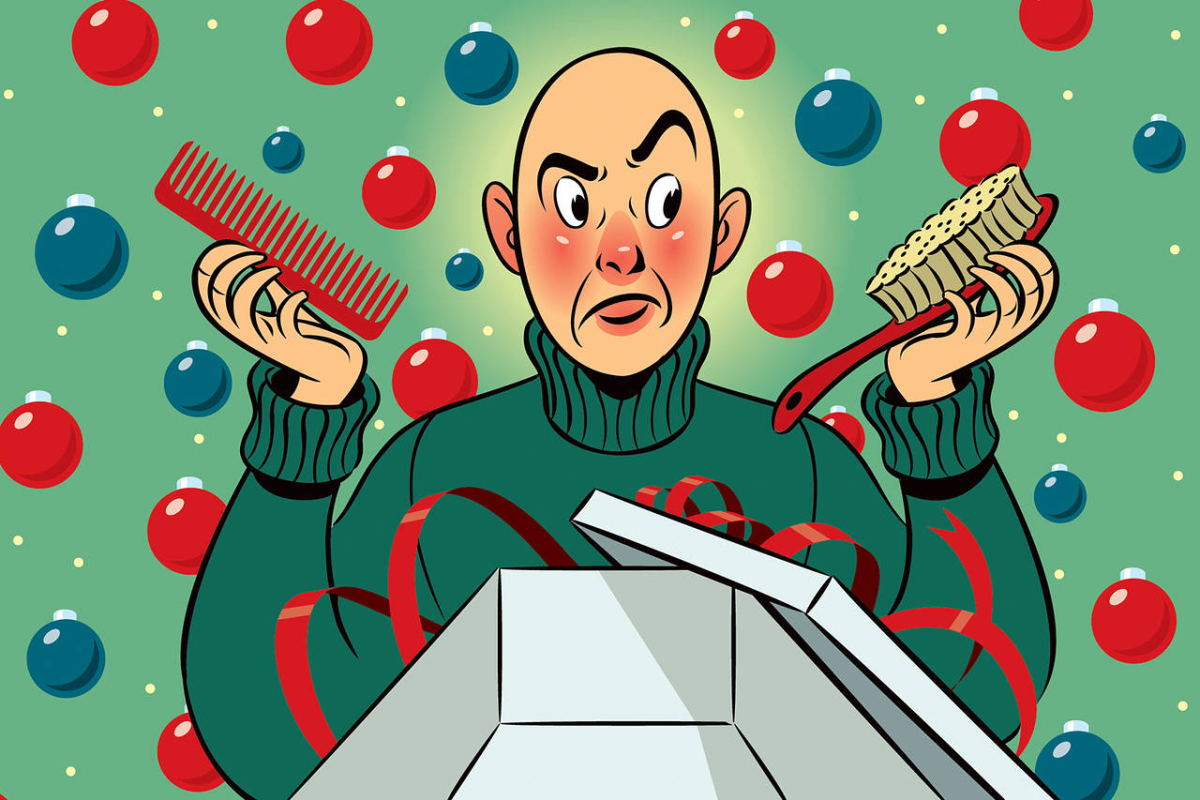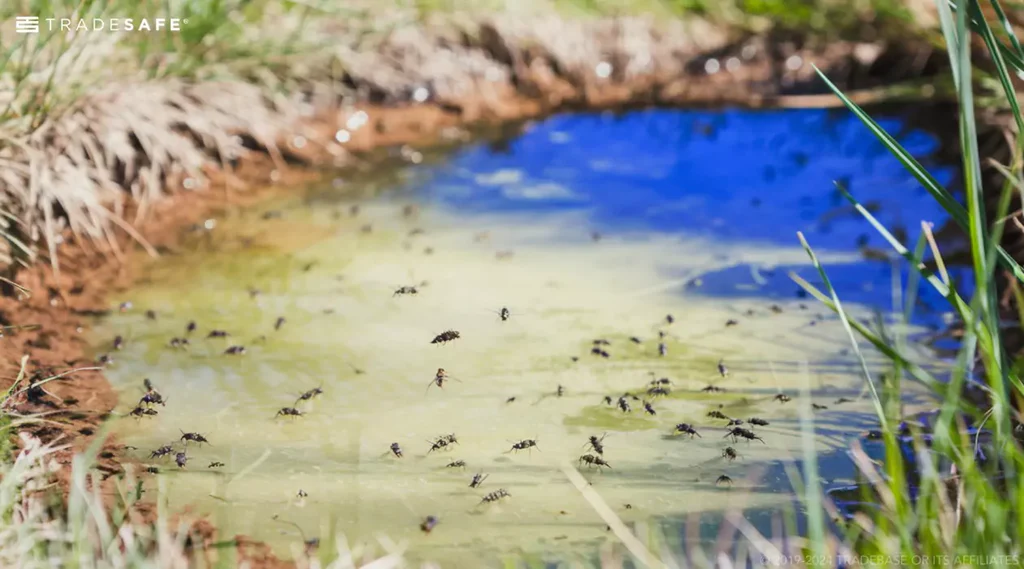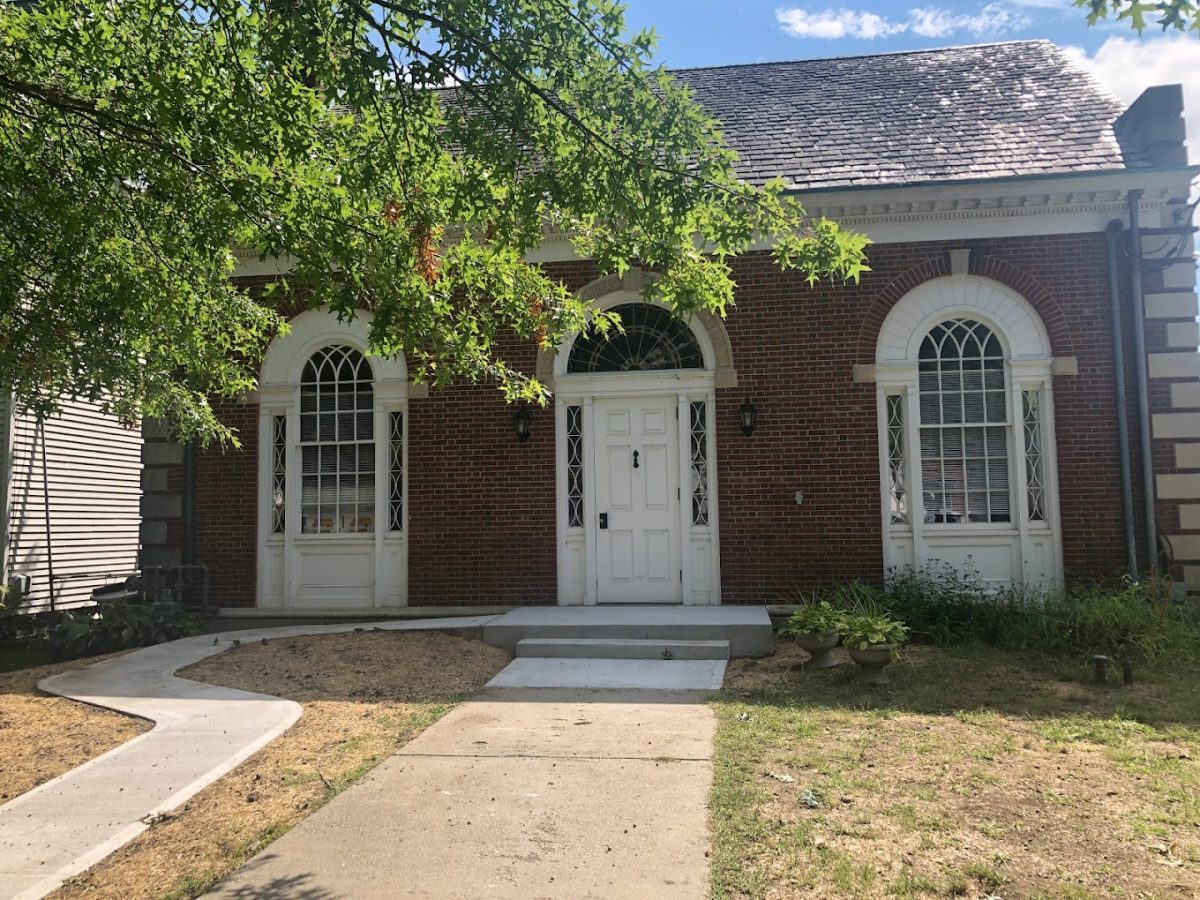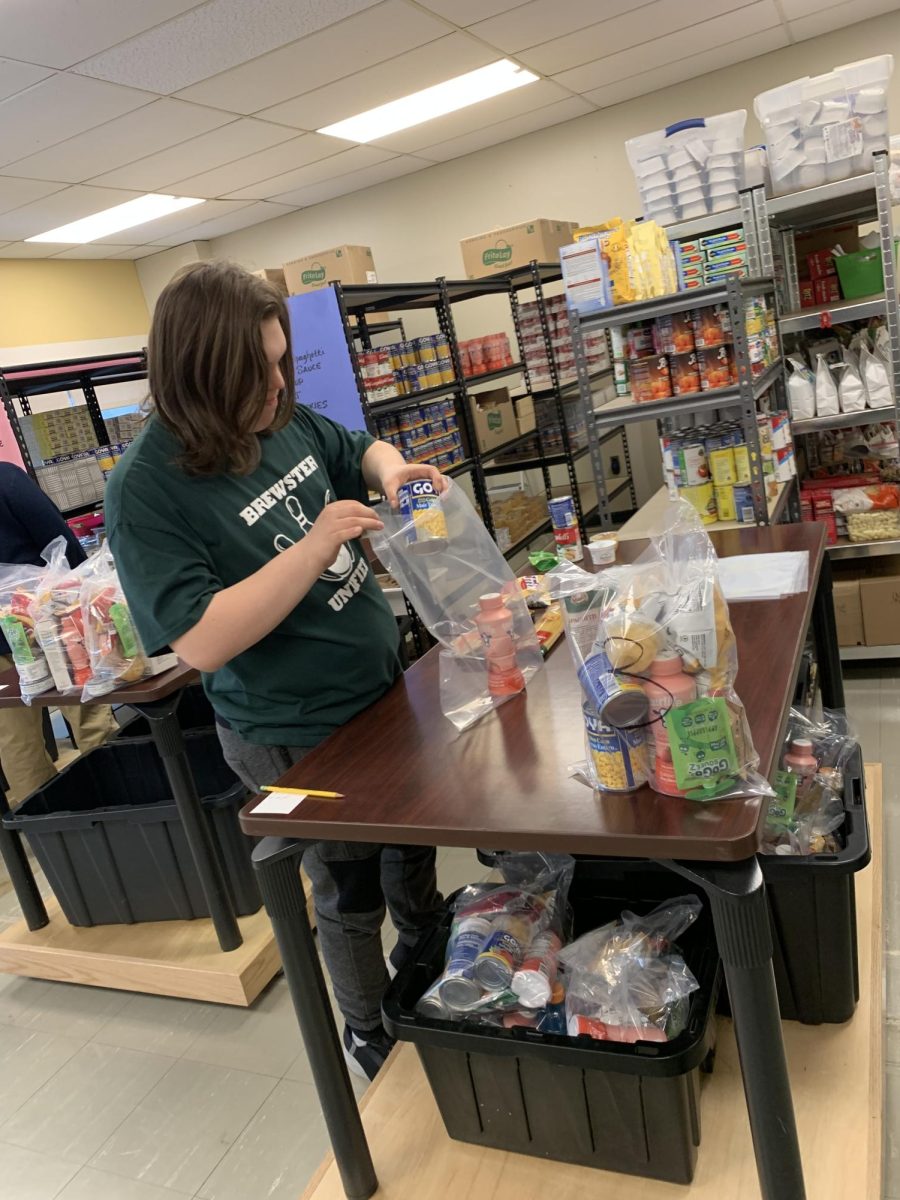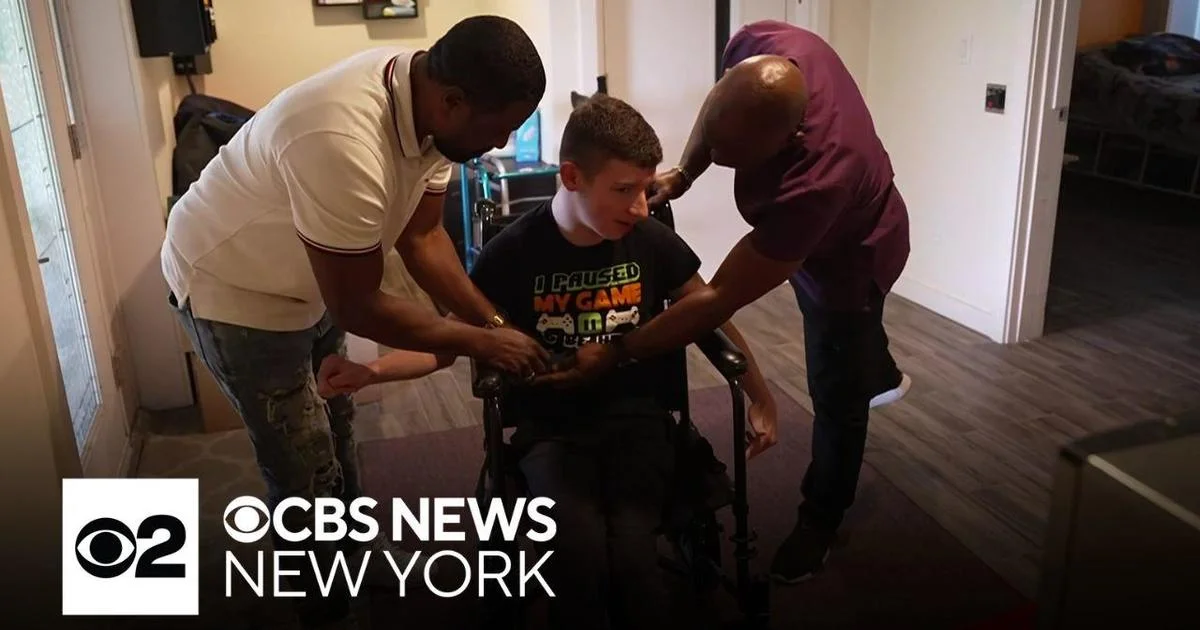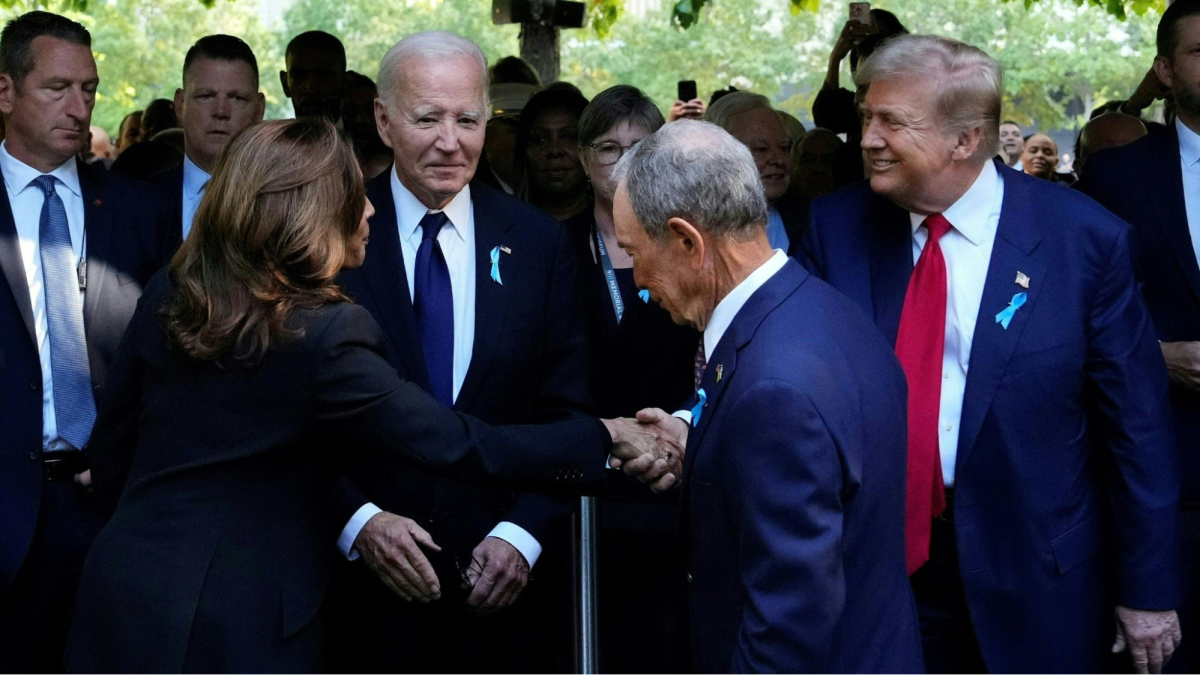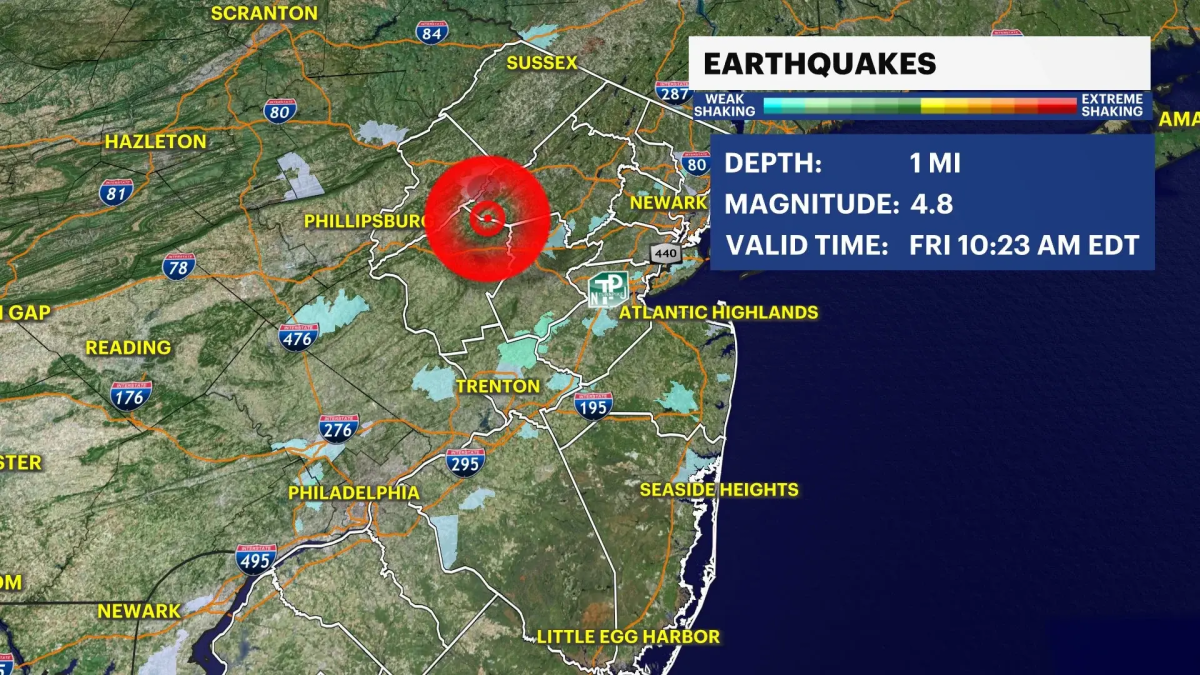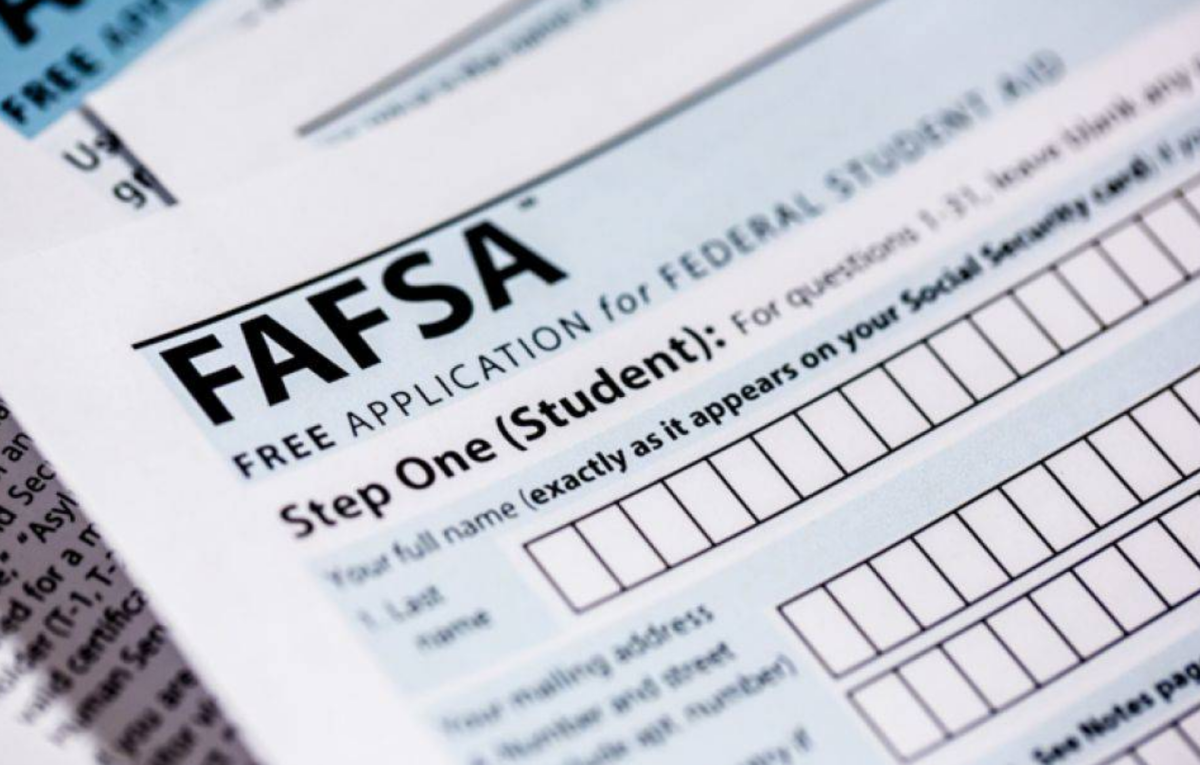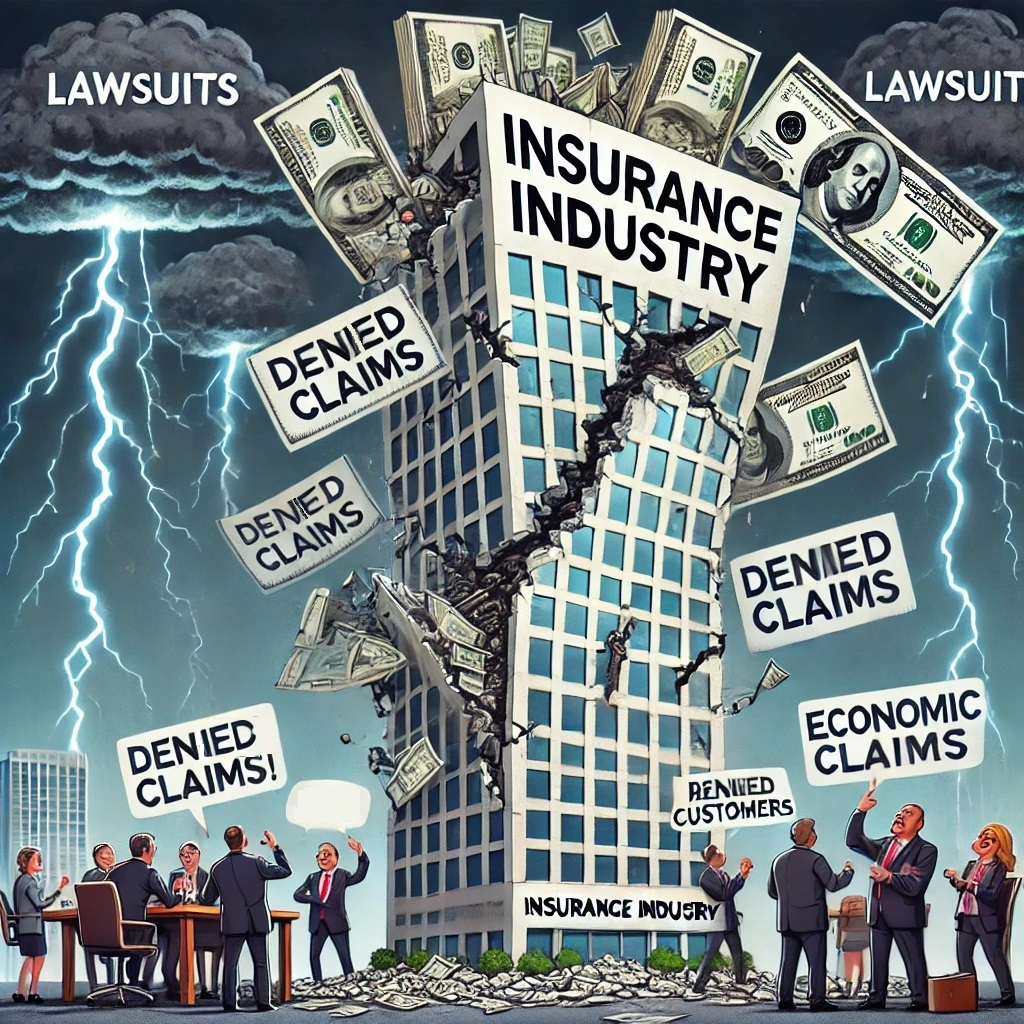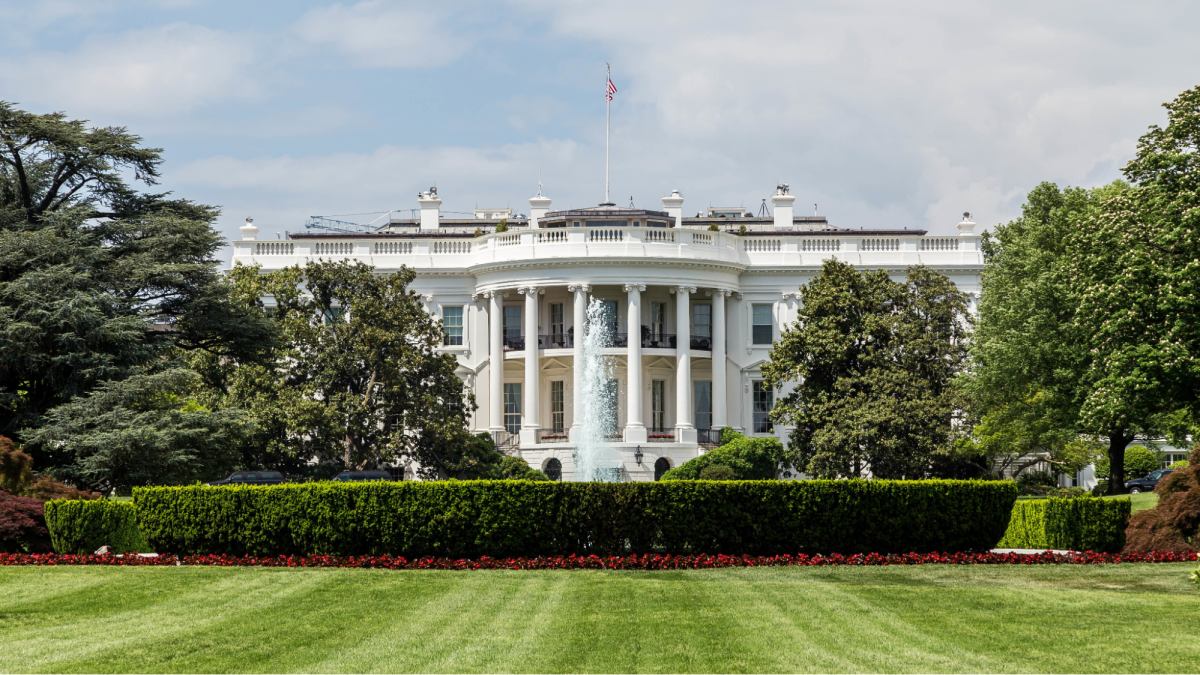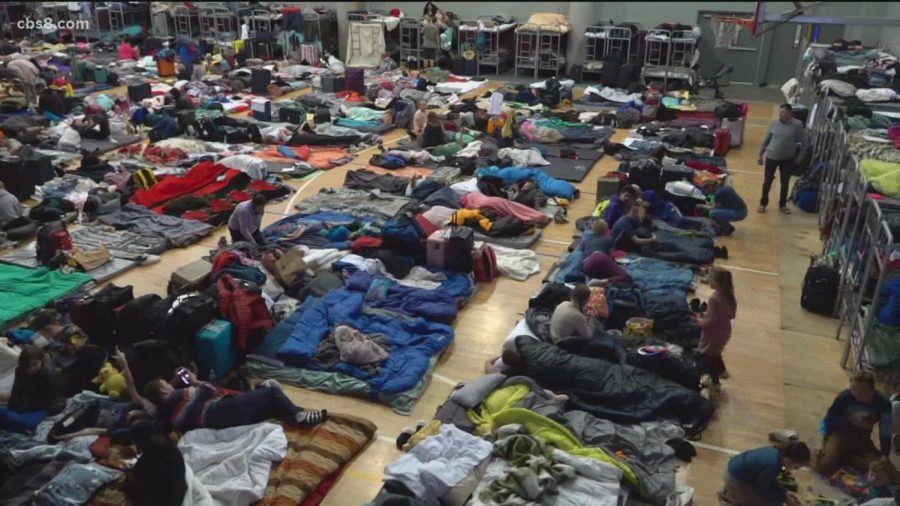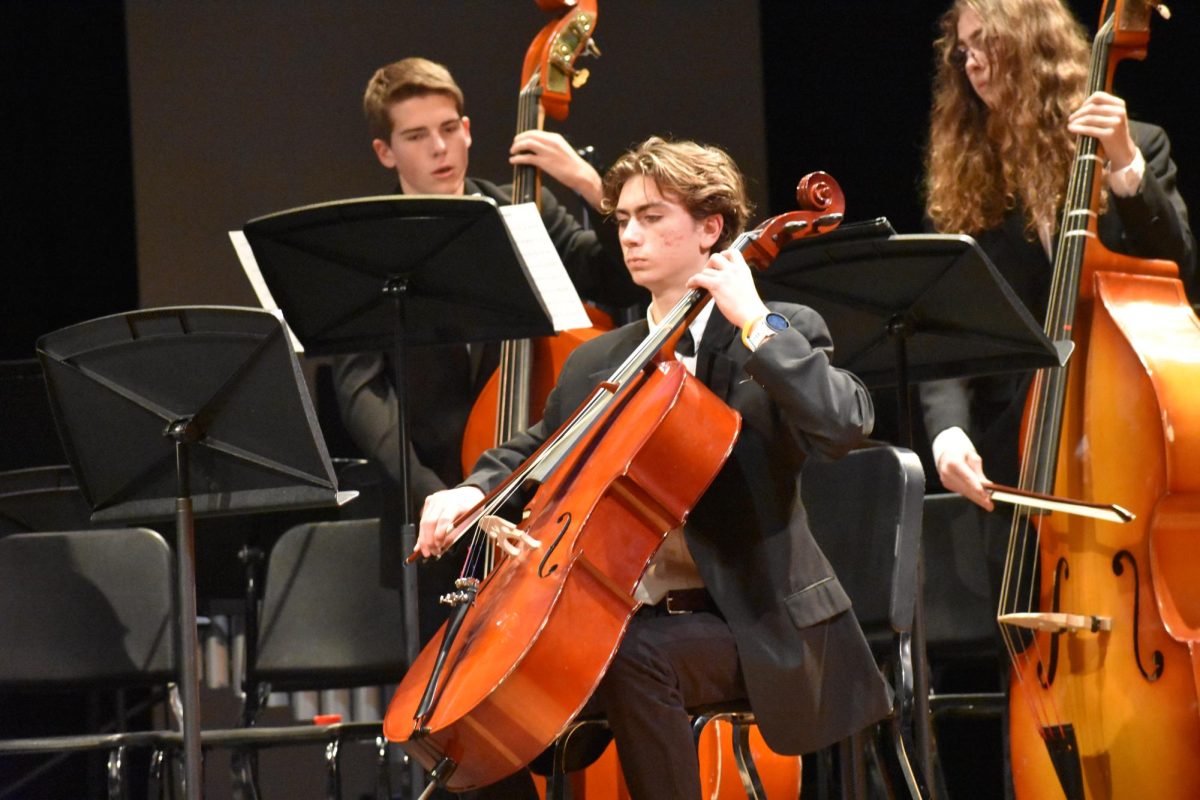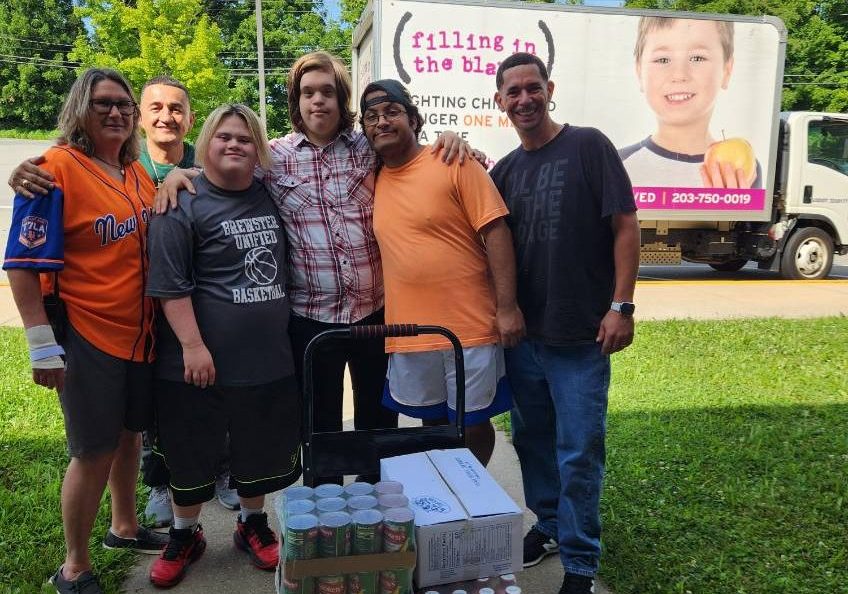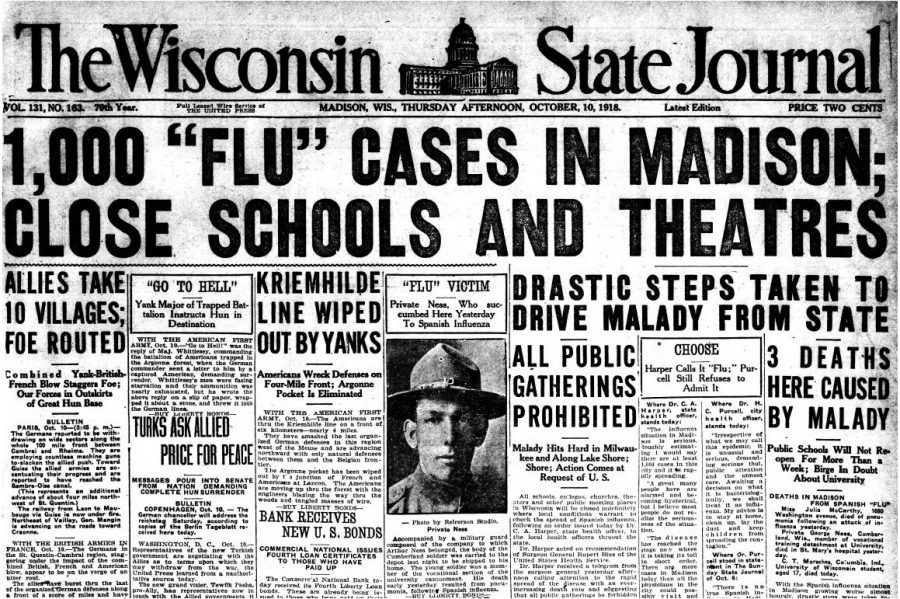Haven’t We Done This Before? The 1918 Spanish Flu
How examining a historical pandemic might actually help us through the current one
December 9, 2020
What’s happening right now with this pandemic seems like something that has never have happened before. A disease spreading across the world, killing a million people, seems like something out of a science fiction movie. Sadly not only is it happening right now with the COVID-19 virus, but it happened a hundred and two years ago, as well.
In 1918, the Spanish Flu, also known as the 1918 flu pandemic, spread across the world, infecting a third of the world’s population with a death toll thought to be as high as 100 million people. It spread because millions of people were traveling around from country to country at the end of the first World War. Because of wartime censors, many people did not know about the disease until it had spread to their country. People were underprepared and millions of people died because of it. Governments chose to ignore the threat when they first learned about it, leading to more people getting sick. That setup and situation is very similar to what is going on now with COVID.
Unlike Covid, the Spanish Flu’s first reported case began in the United States in a Kansas Army camp. There were several waves of this flu with the first being relatively minor. When people began to think it was over, Navy ships from Brest, France arrived in Boston, Massachusetts, and as more military ships and planes moved across the world to bring soldiers home, the disease came with them. Over the next two months, the flu spread throughout North and South America, then to the Ottoman Empire (modern day Turkey) and to much of the Middle East, ending up with Navy ships arriving in South Africa, causing the disease to spread to all of Africa.
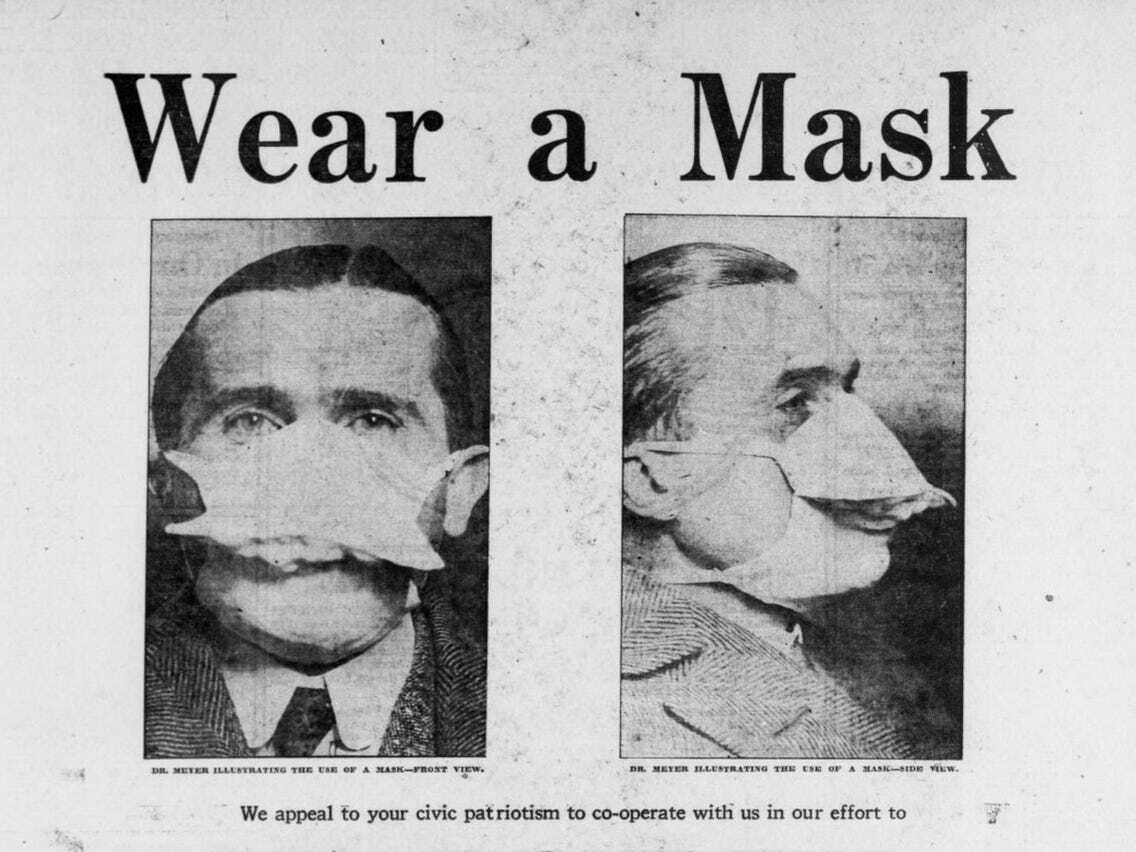
There were maritime quarantines put in place for islands like Iceland, Australia, and American Samoa. Schools, theaters, and places of worship were closed. Mass gatherings were banned and the wearing of face masks became common in places such as Japan. There were debates over the effectiveness of face masks, just as there is now, and there was even an anti-mask league formed in San Francisco. And just like with COVID, many of the safety measures put in place were too late to save a lot of people.
Antiviral medication and antibiotics had not been invented yet and most doctors used very unreliable methods to treat their patients. Aspirin, quinine, arsenics, digitalis, strychnine, Epsom salts, caster oil, iodine, bloodletting, Ayurveda, and Kampo were all used. Some of these techniques were helpful, some were useless, and some were straight up harmful. When a vaccine was eventually created, it was bacterially based, so it didn’t help prevent the disease: it only helped with secondary infections.
Just like with Coronavirus, those living in tight living spaces were more likely to get sick. Poor immigrants in America had a higher death rate. This could be attributed to the tight living quarters, lack of access to medicine, and inability to take days off of work to rest.
Even though this pandemic happened more than a hundred years ago, it is eerily similar to what is happening now. Perhaps we can compare our history to the present to predict what will happen next during this pandemic and look for ways to prevent future spread. As George Santayana said, “Those who do not remember the past are condemned to repeat it.” As we look to the future, looking to the past might be our best approach.
